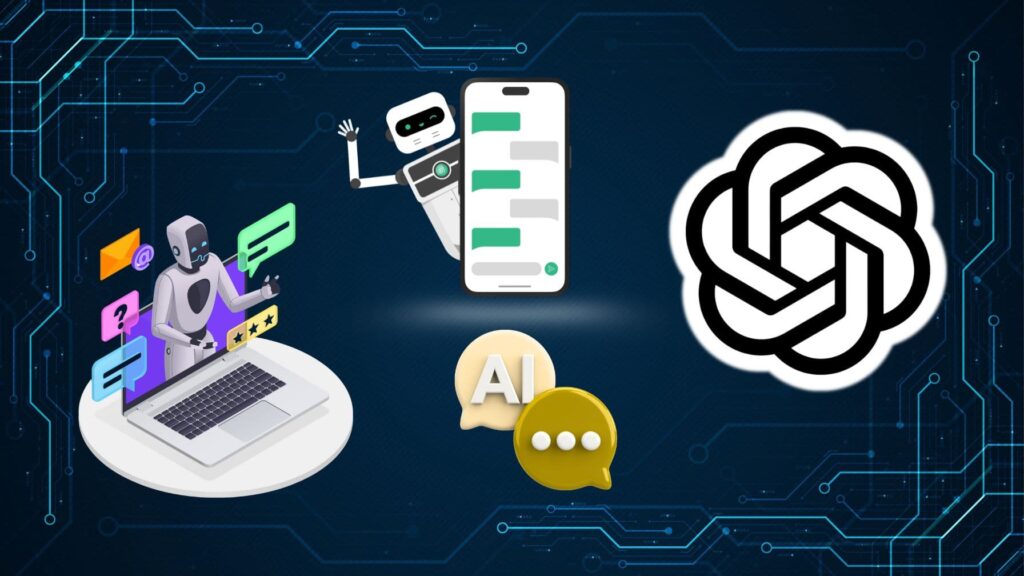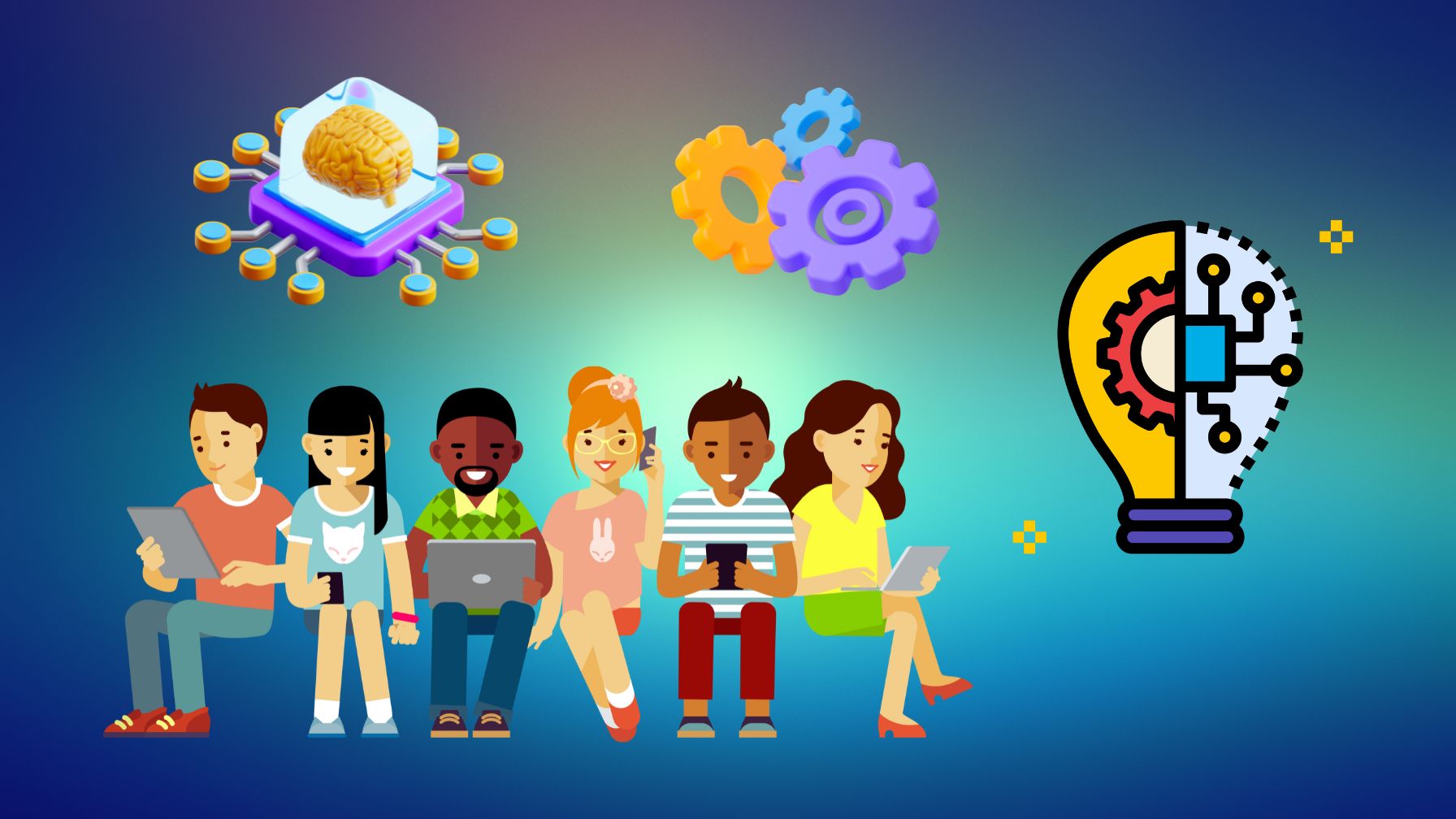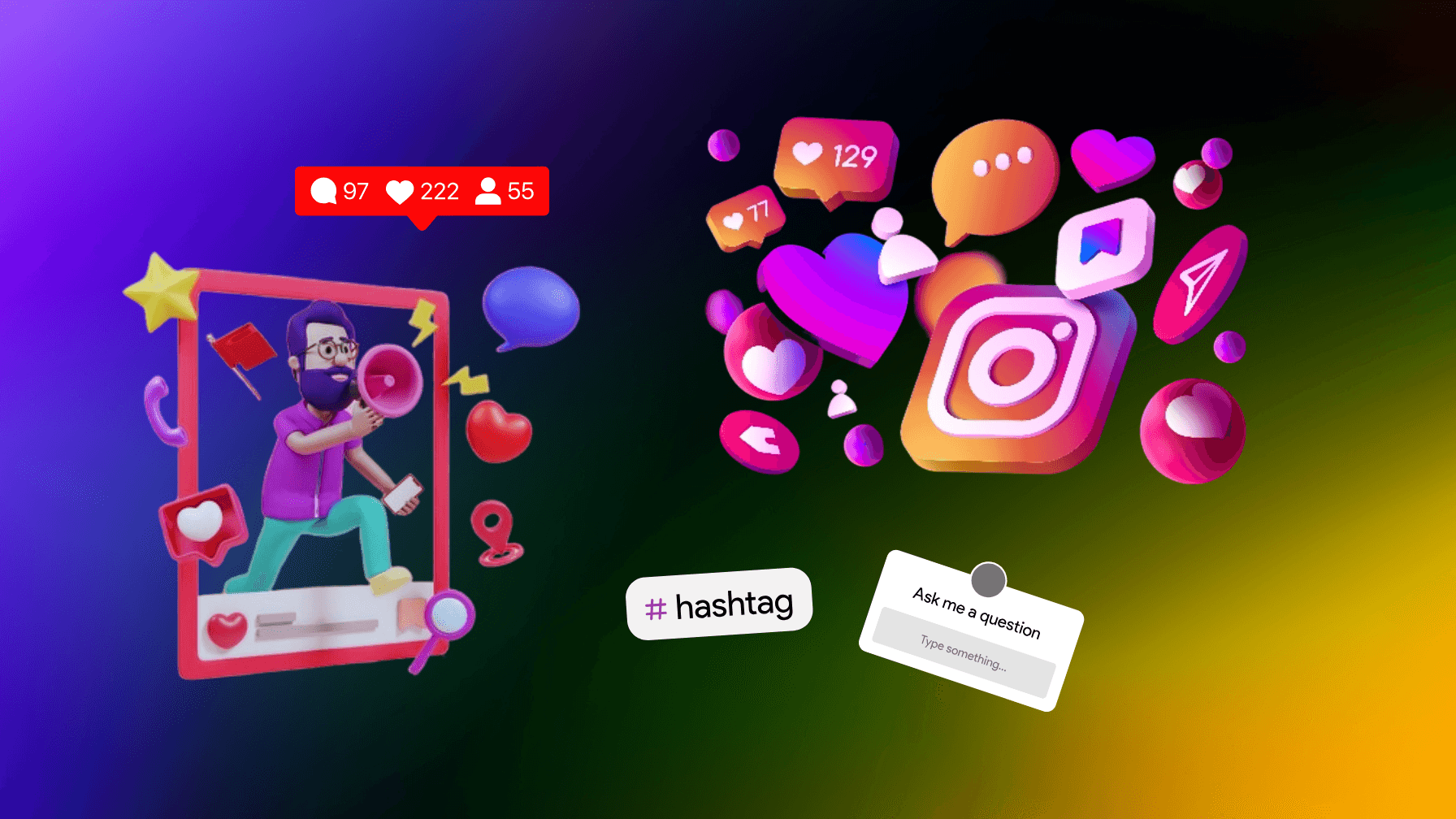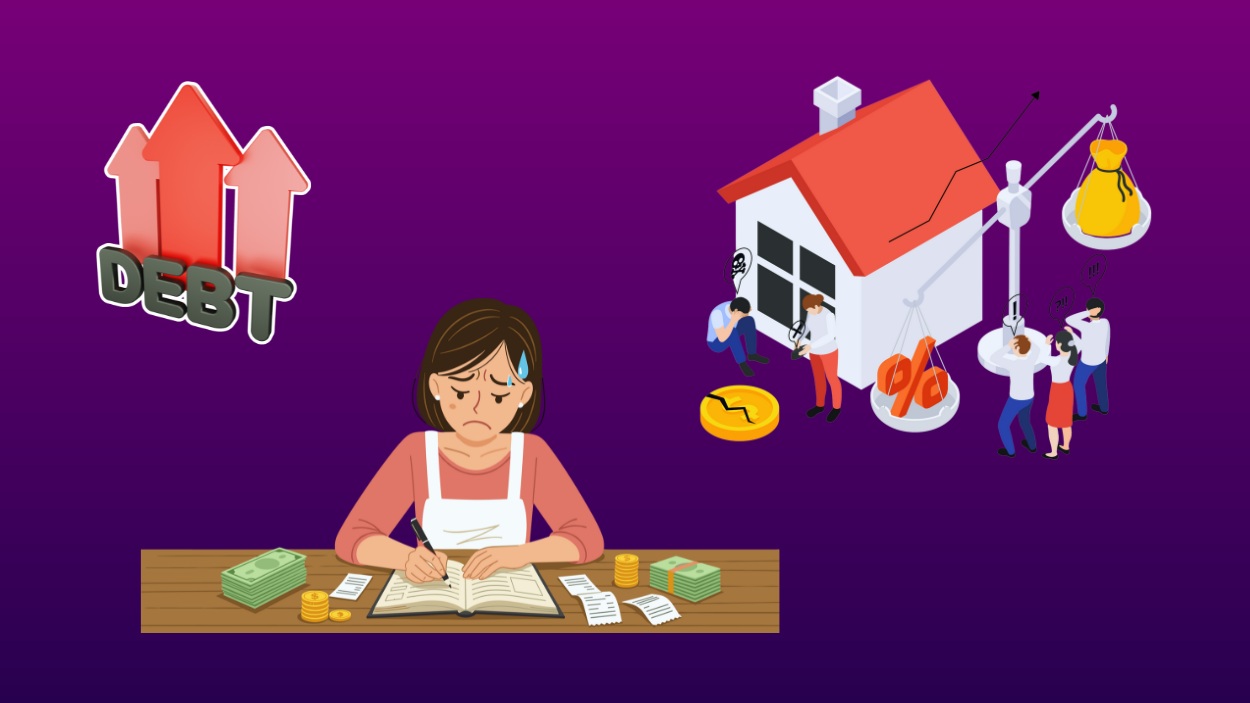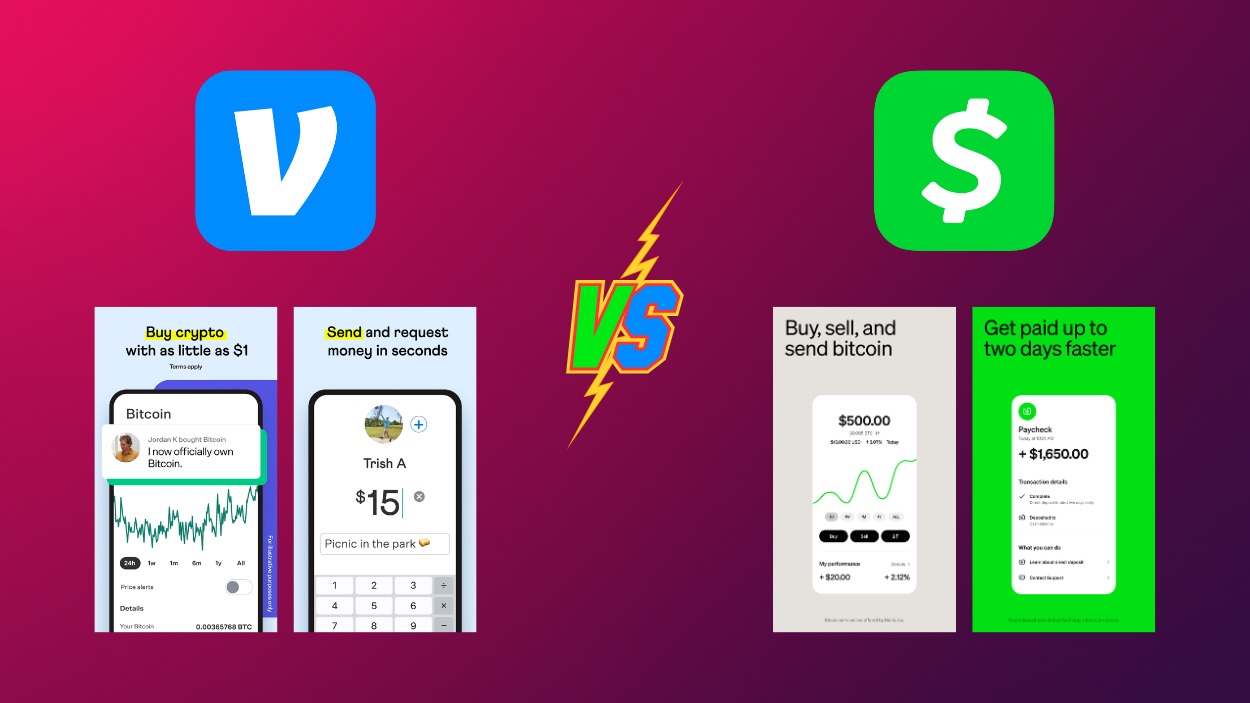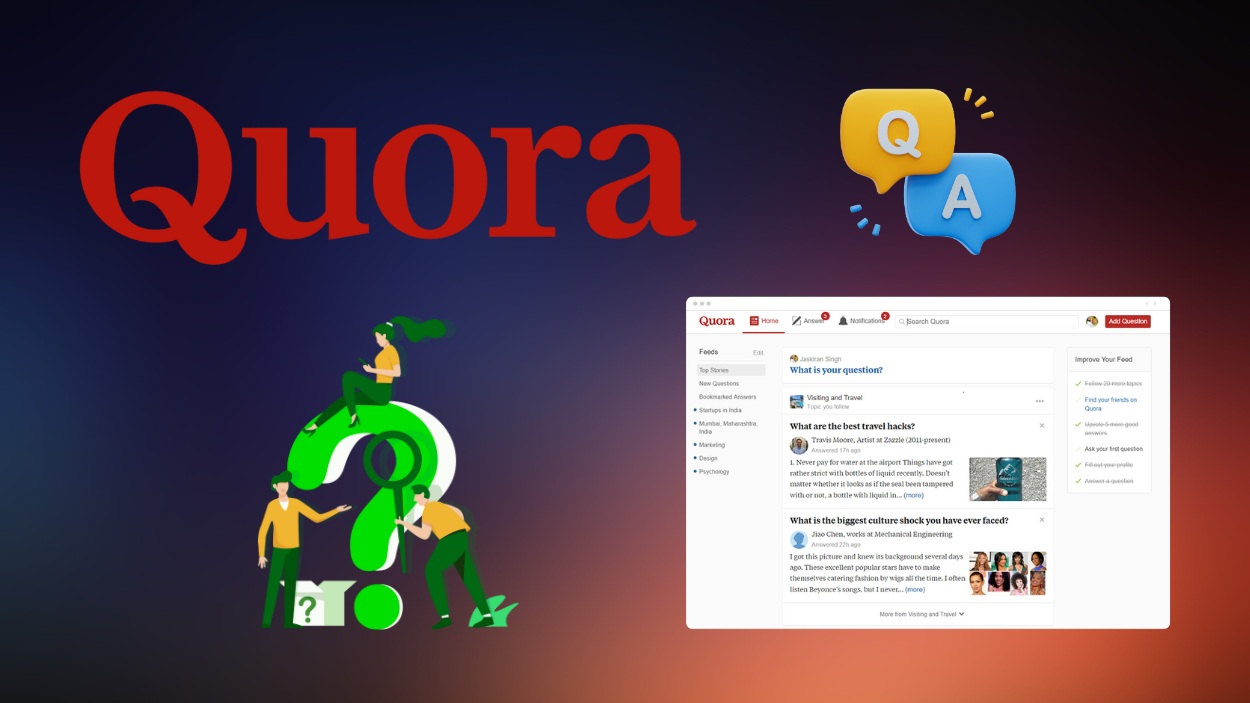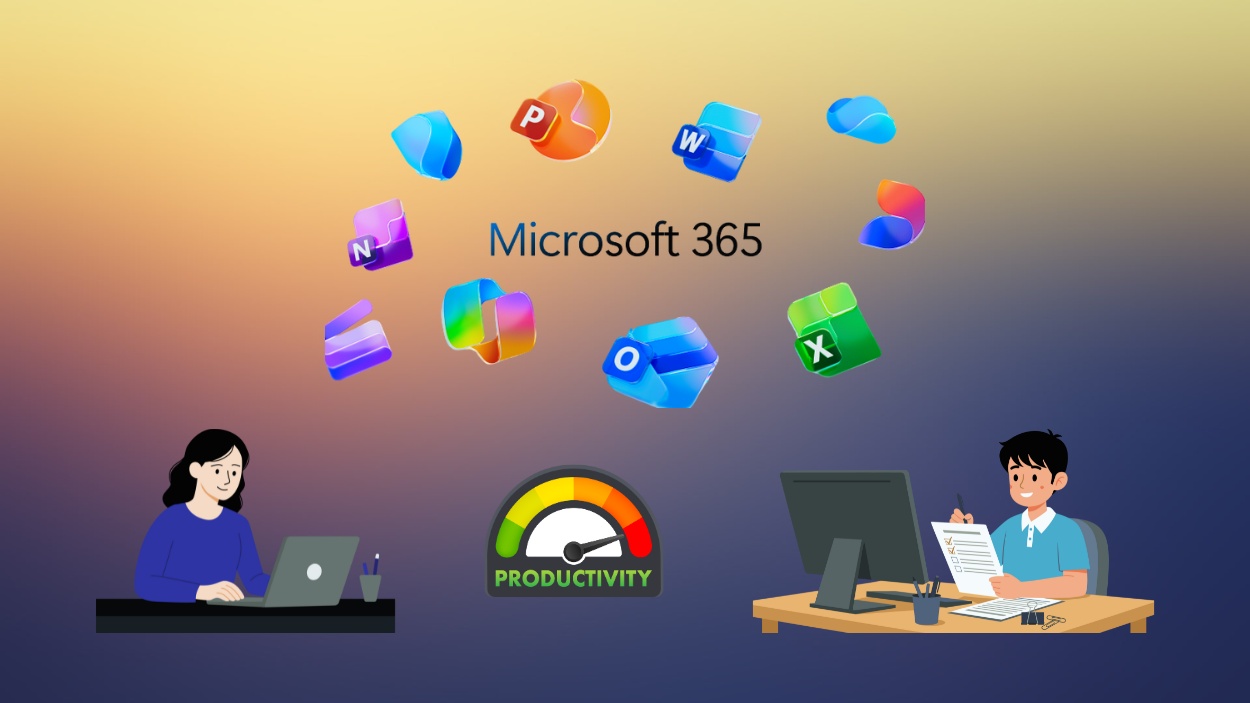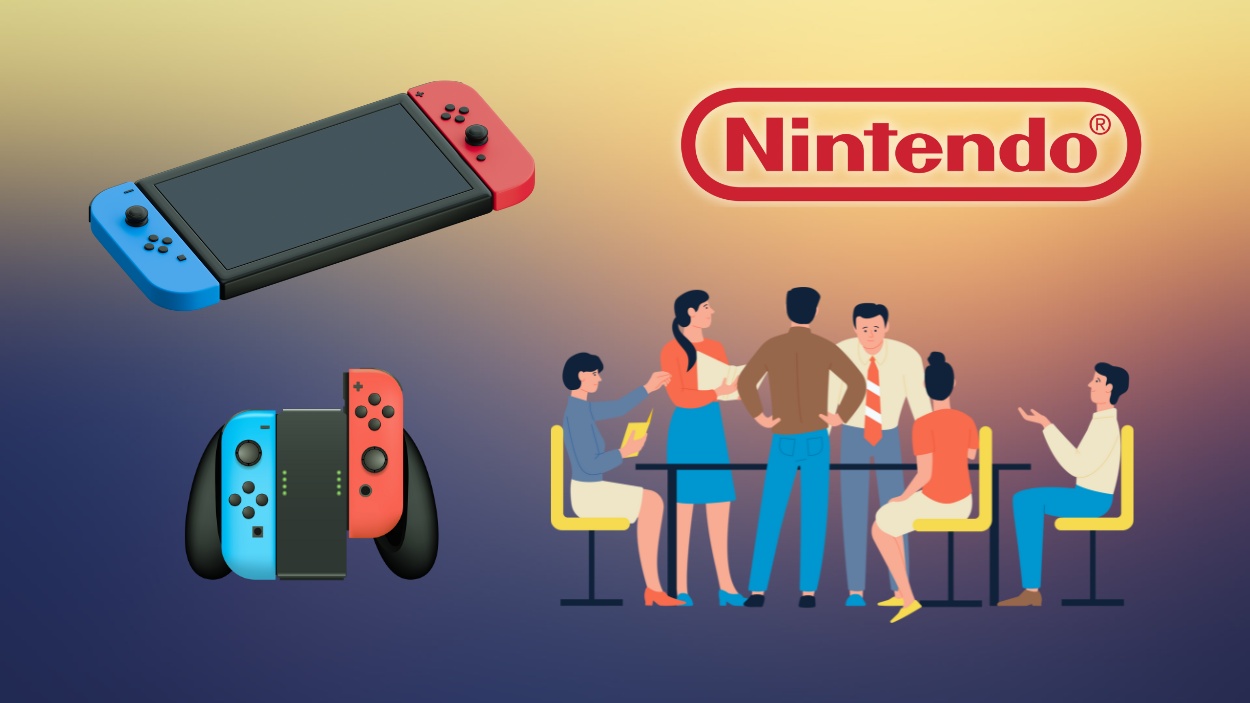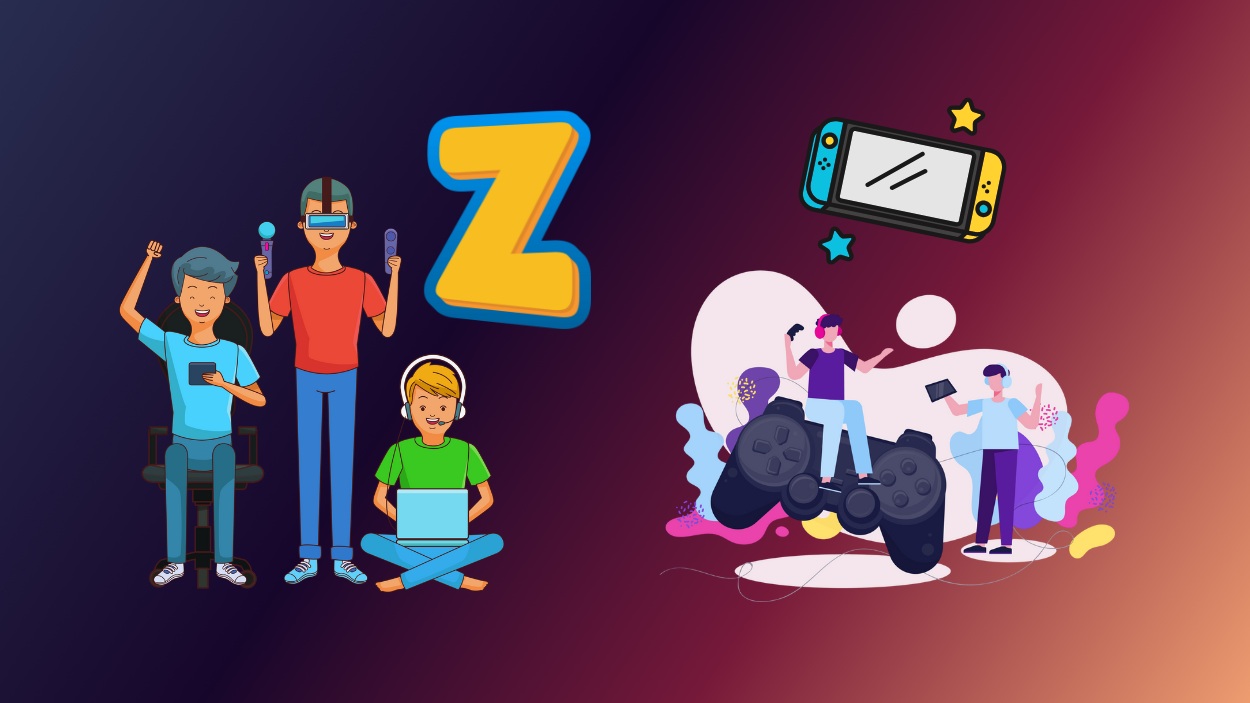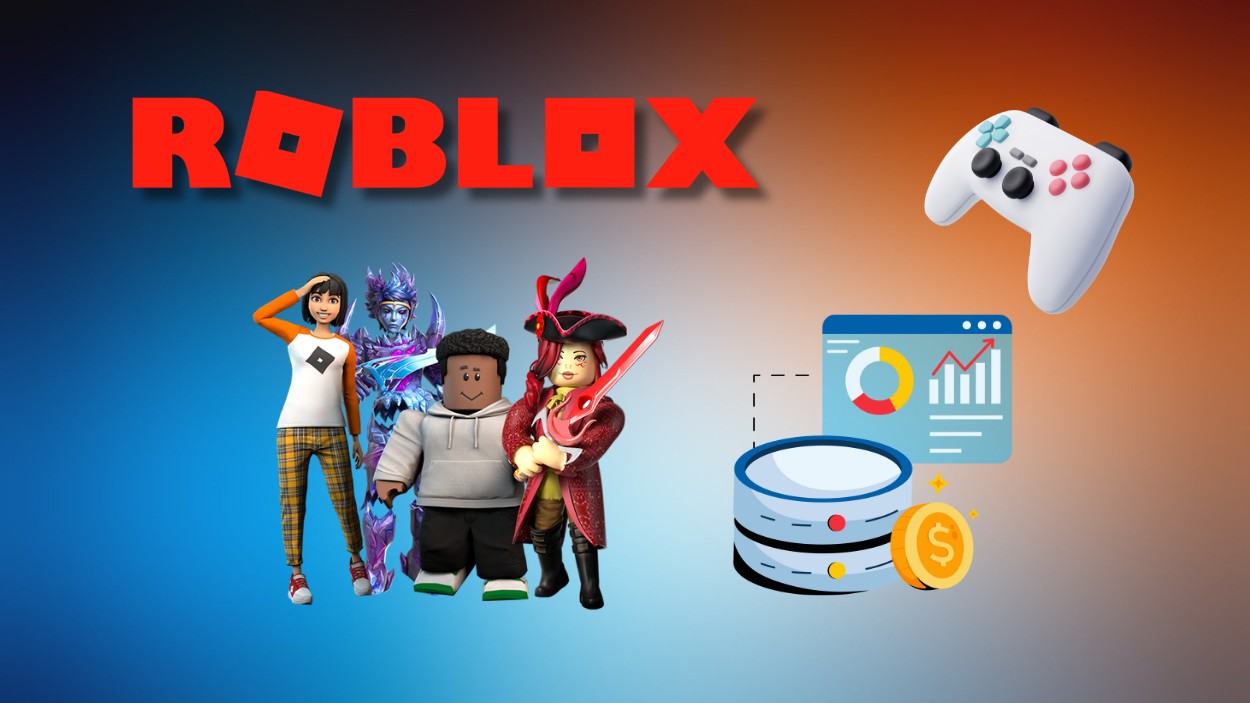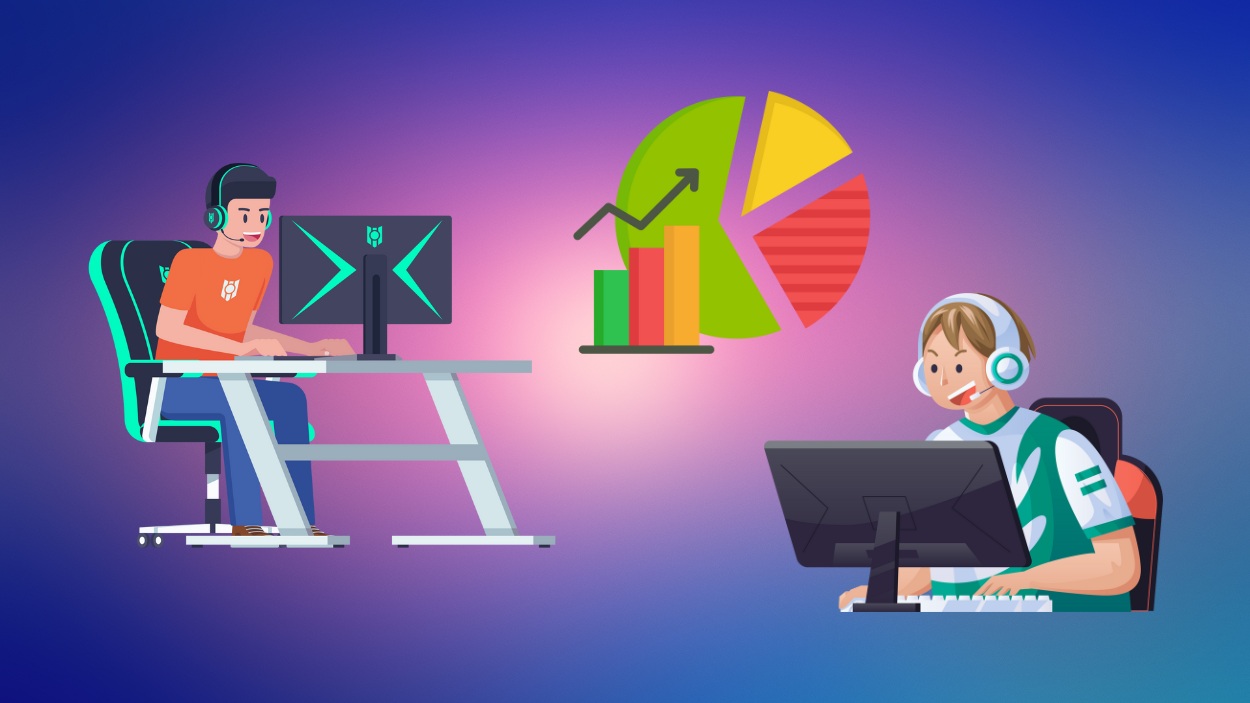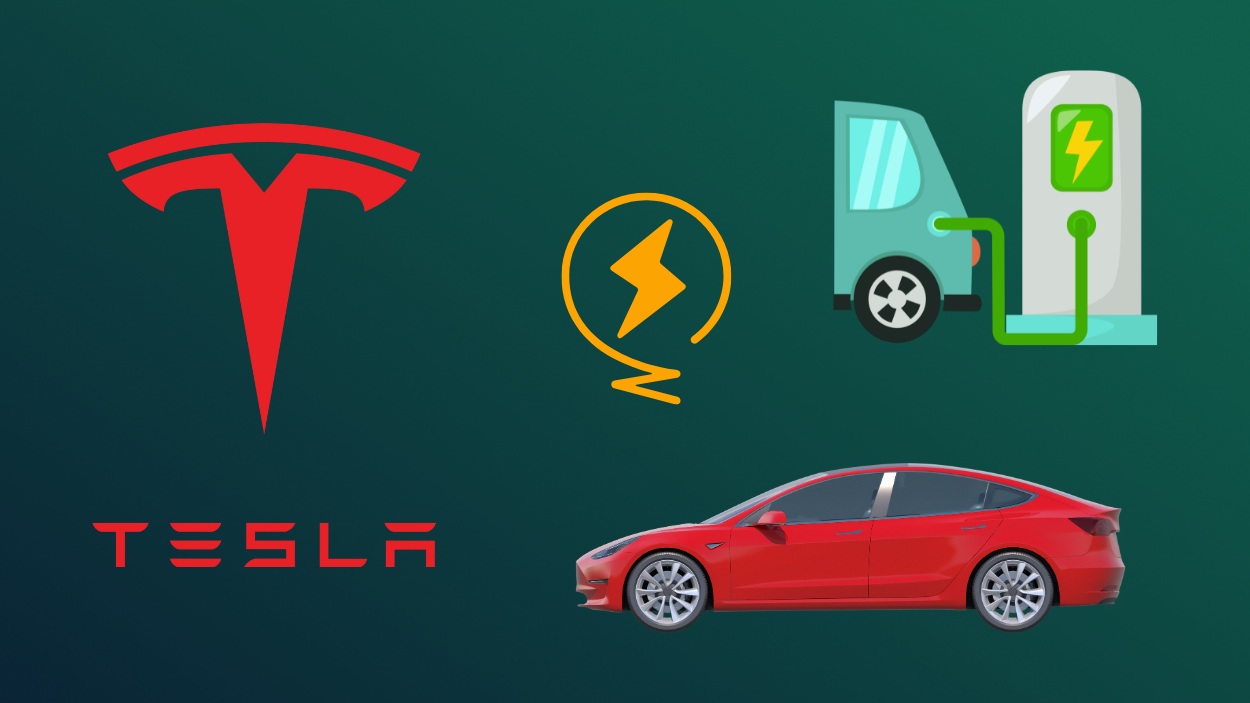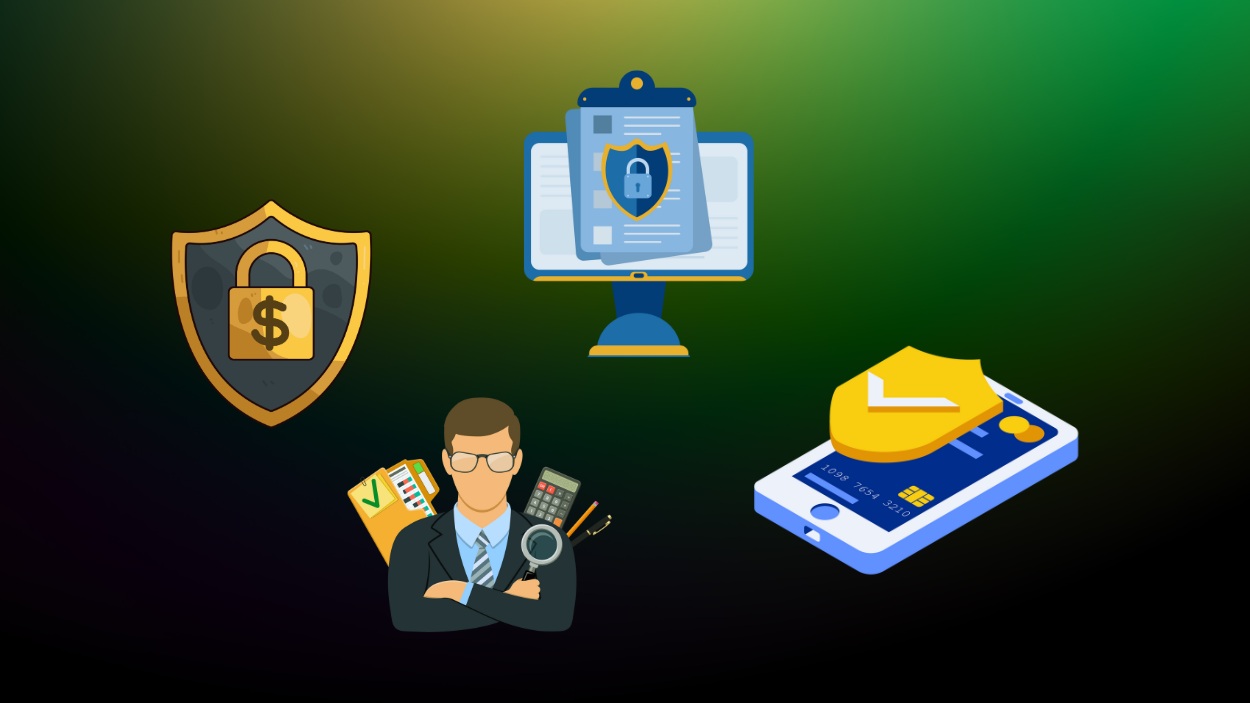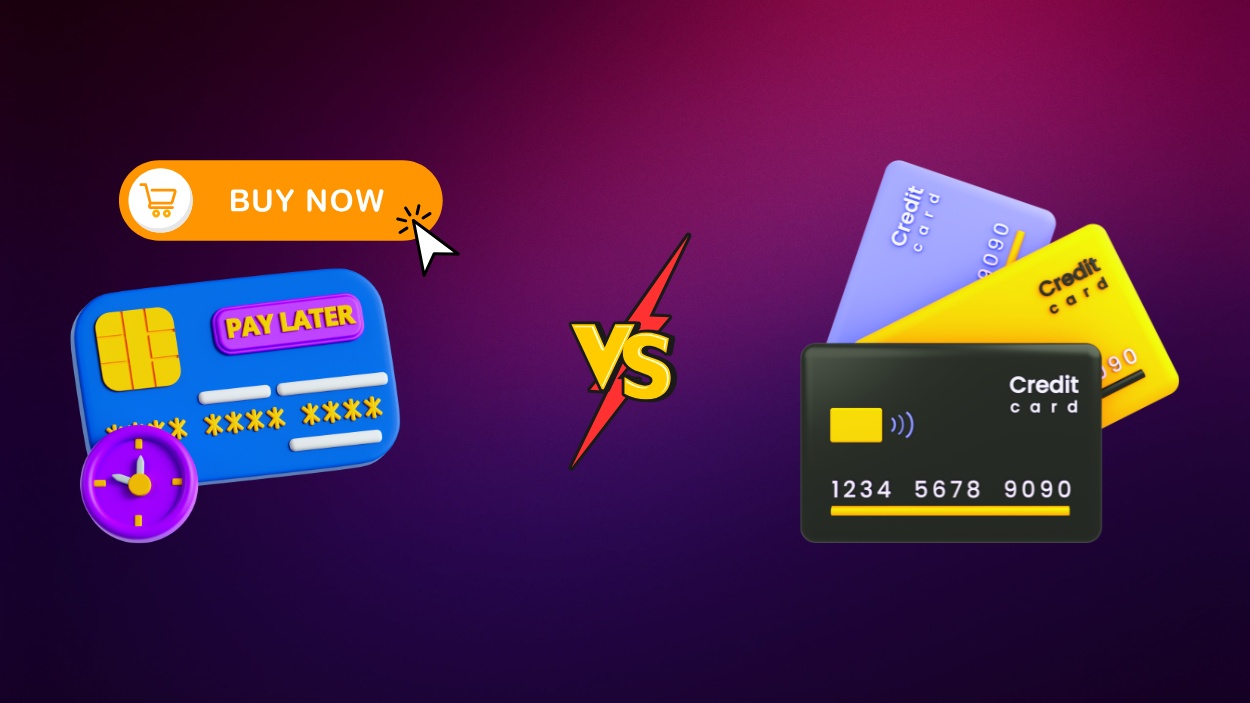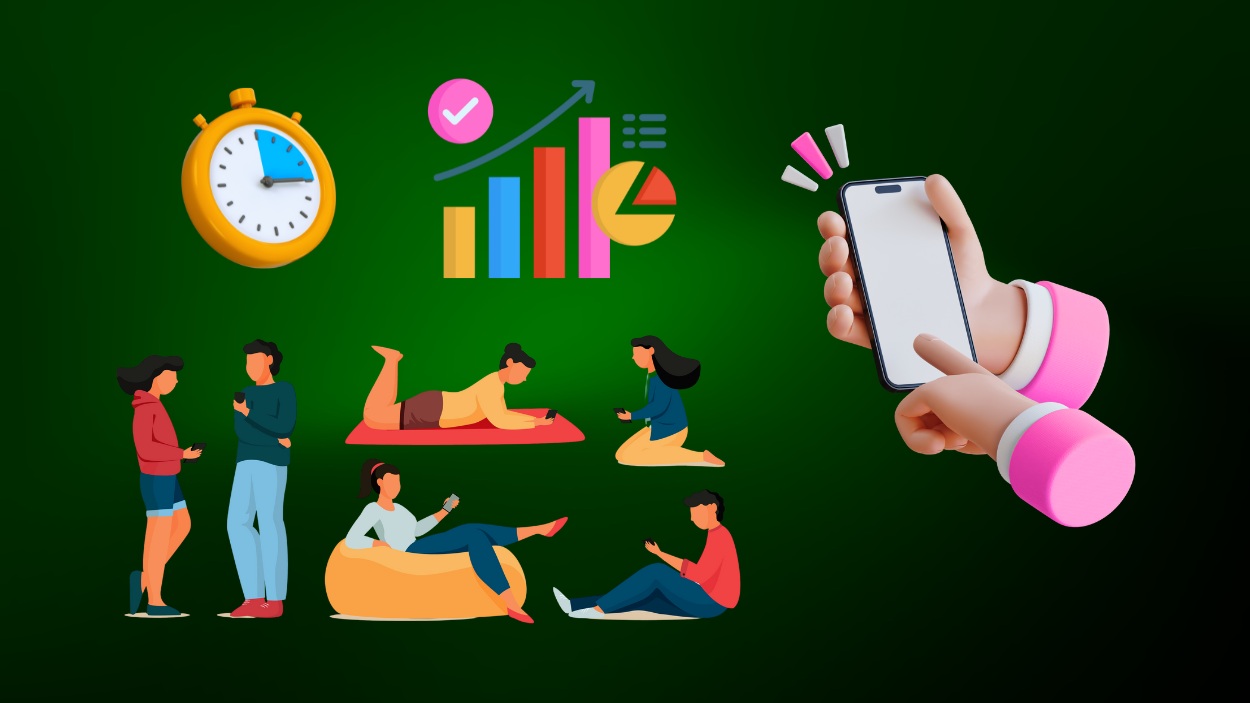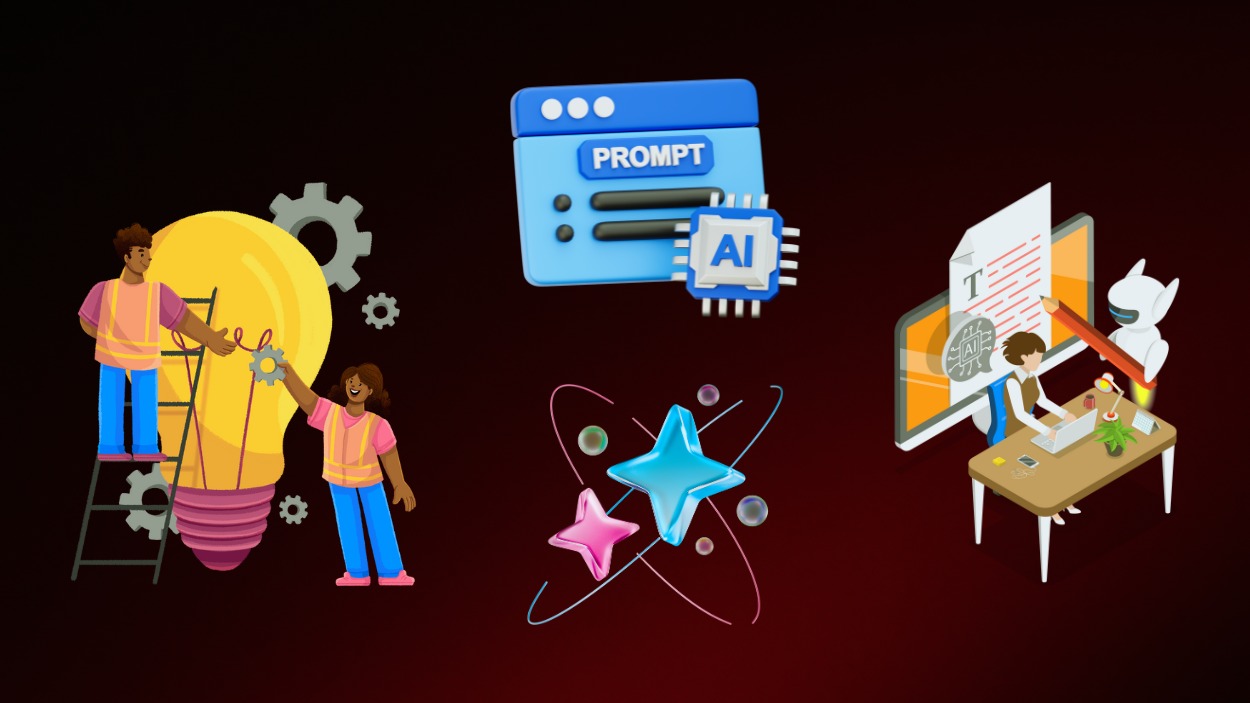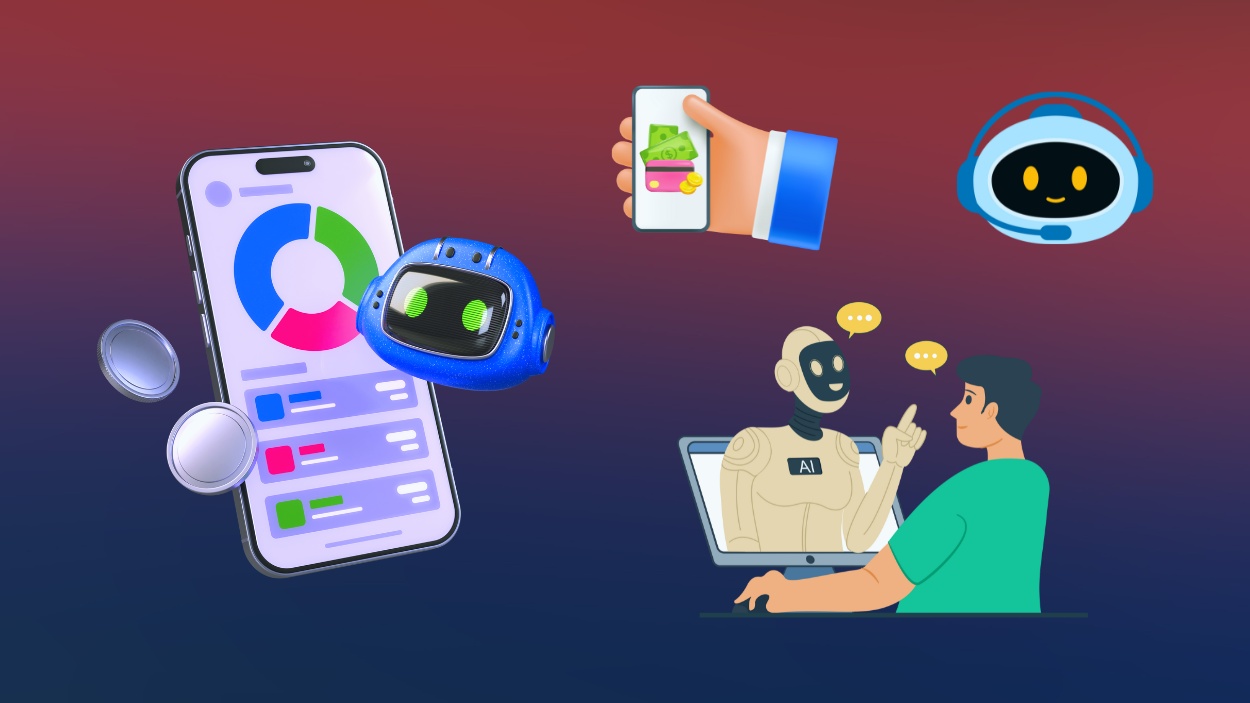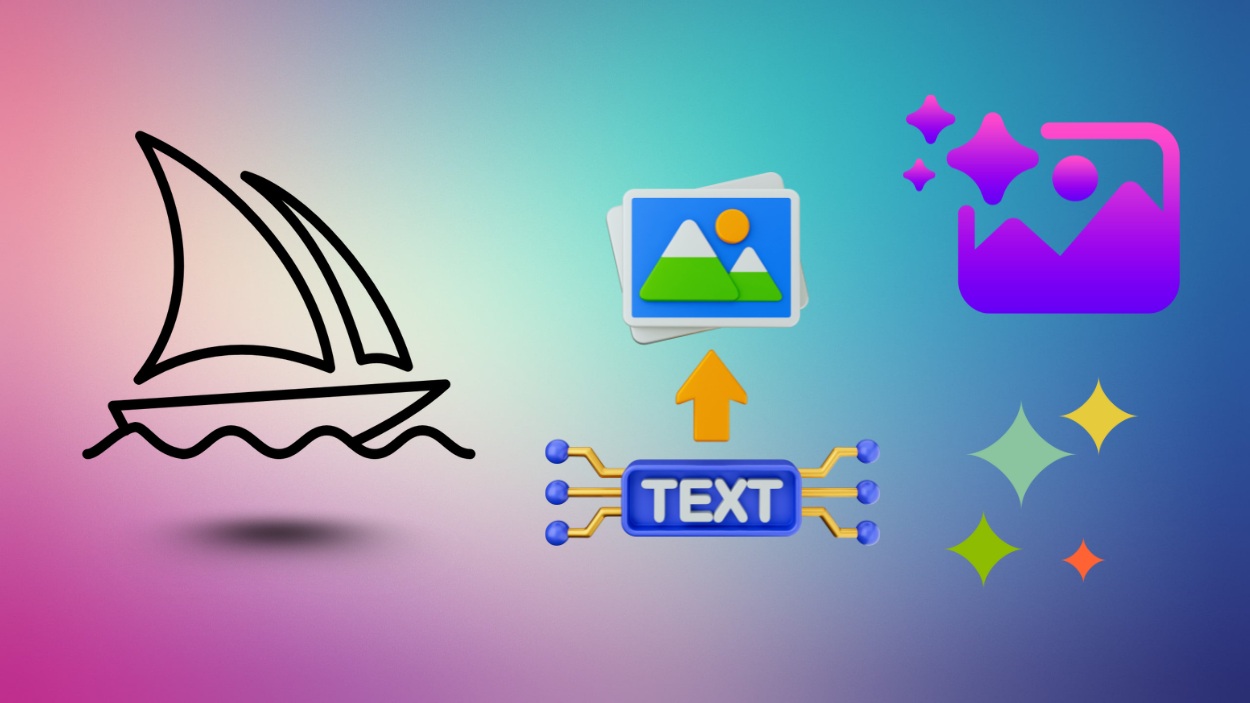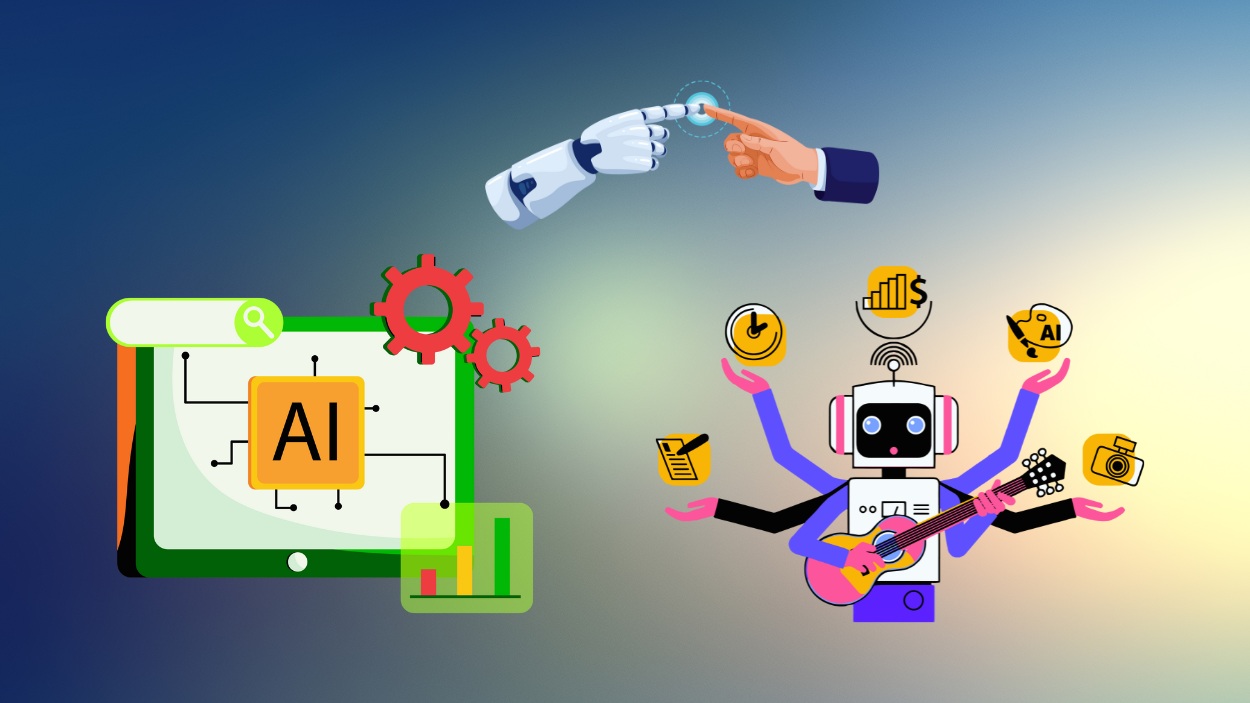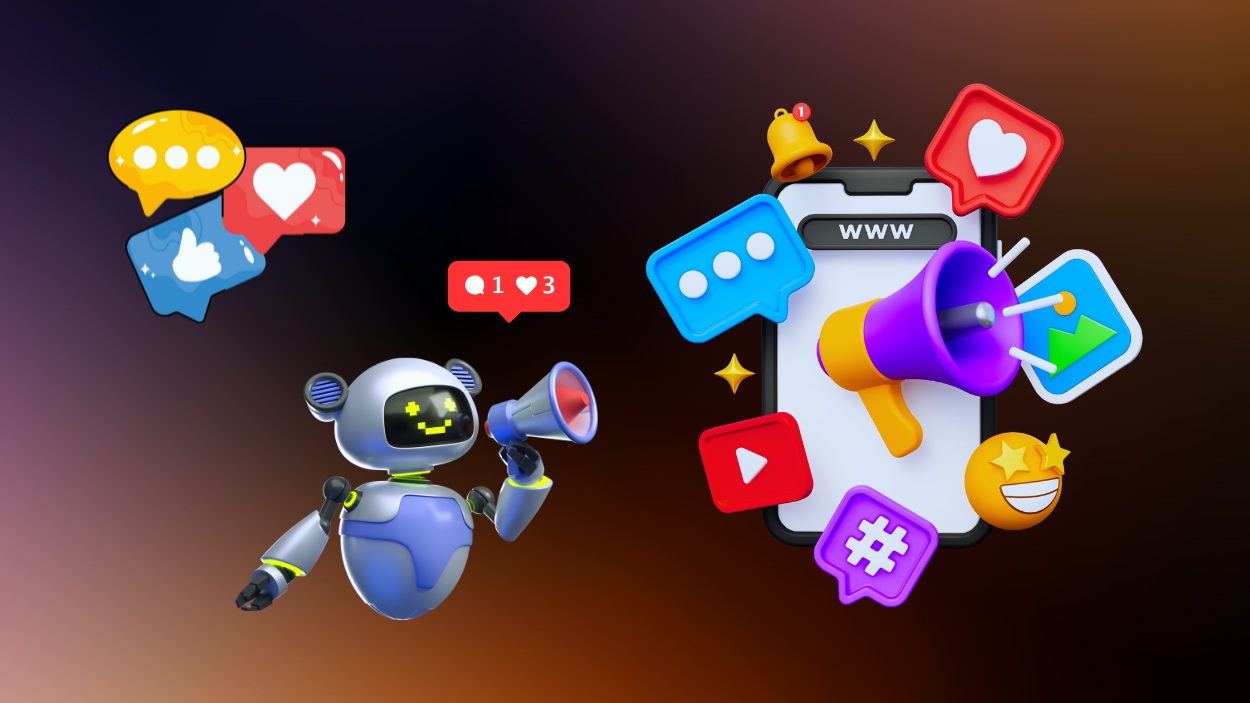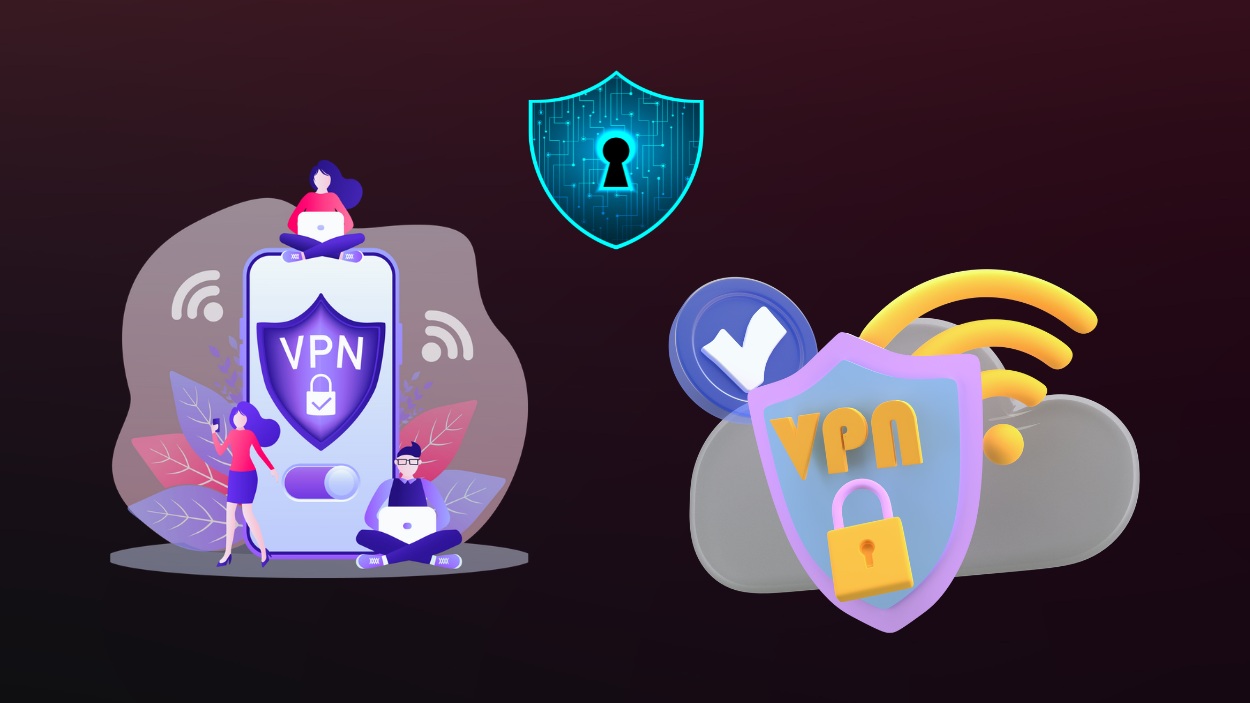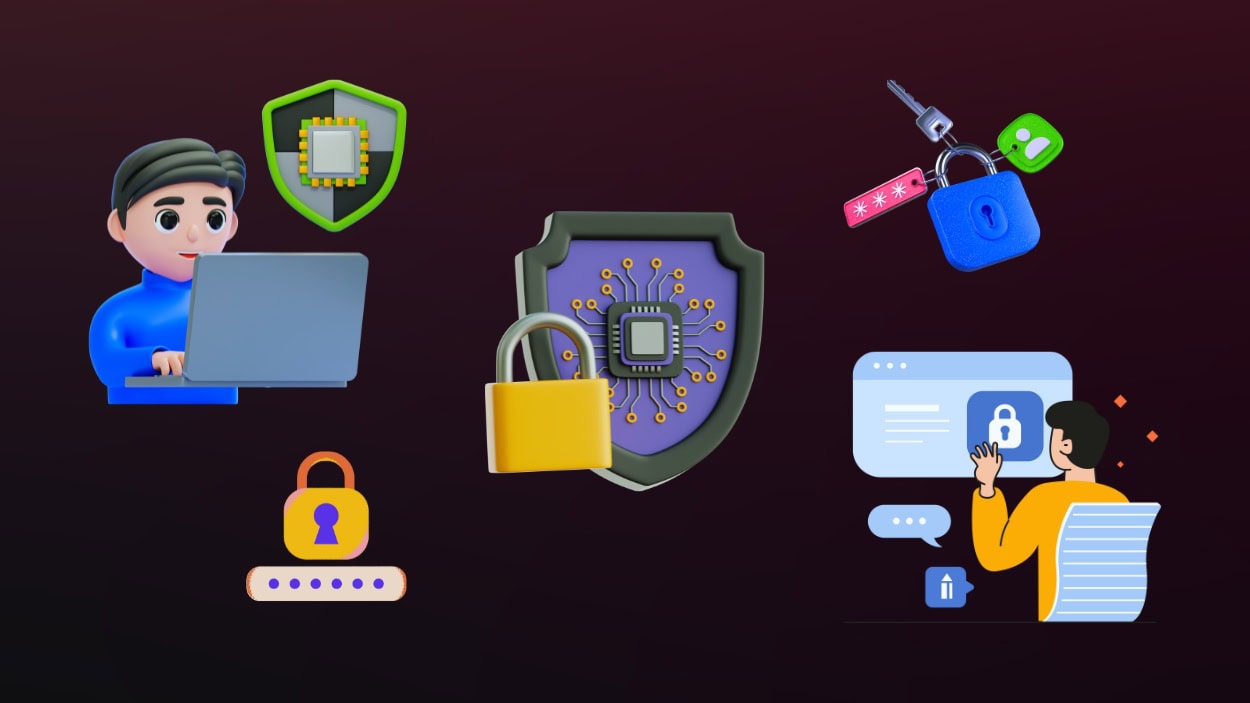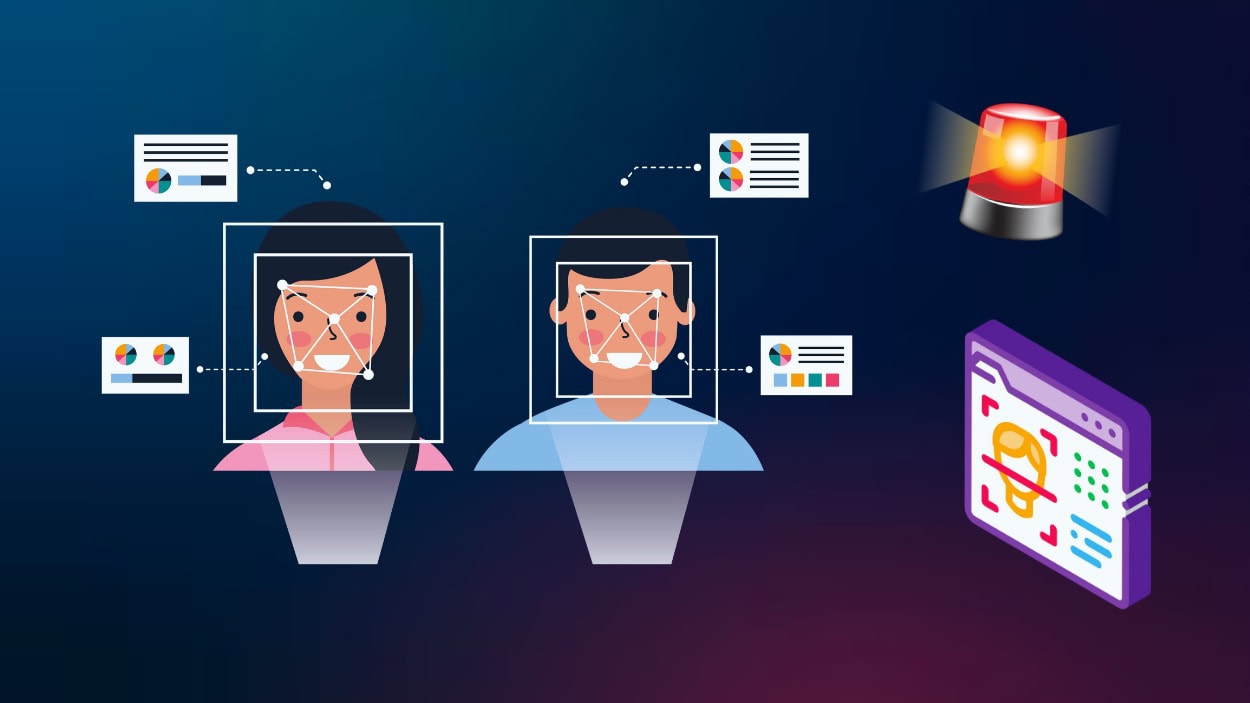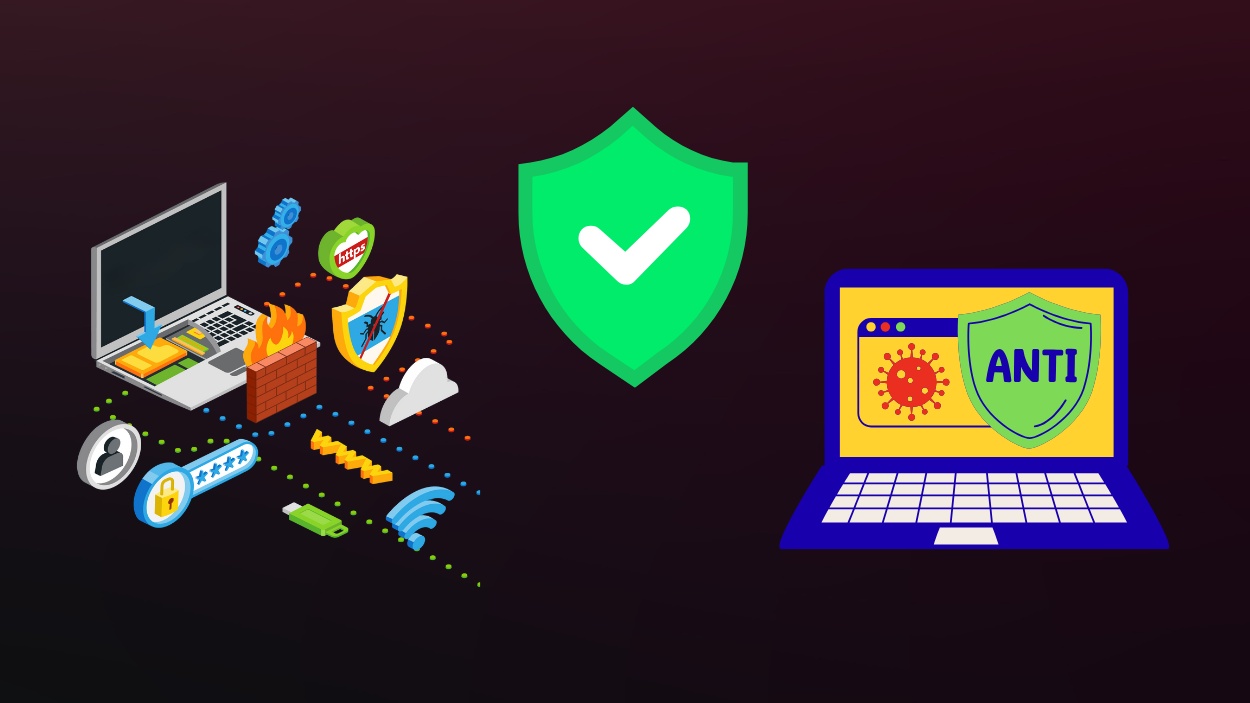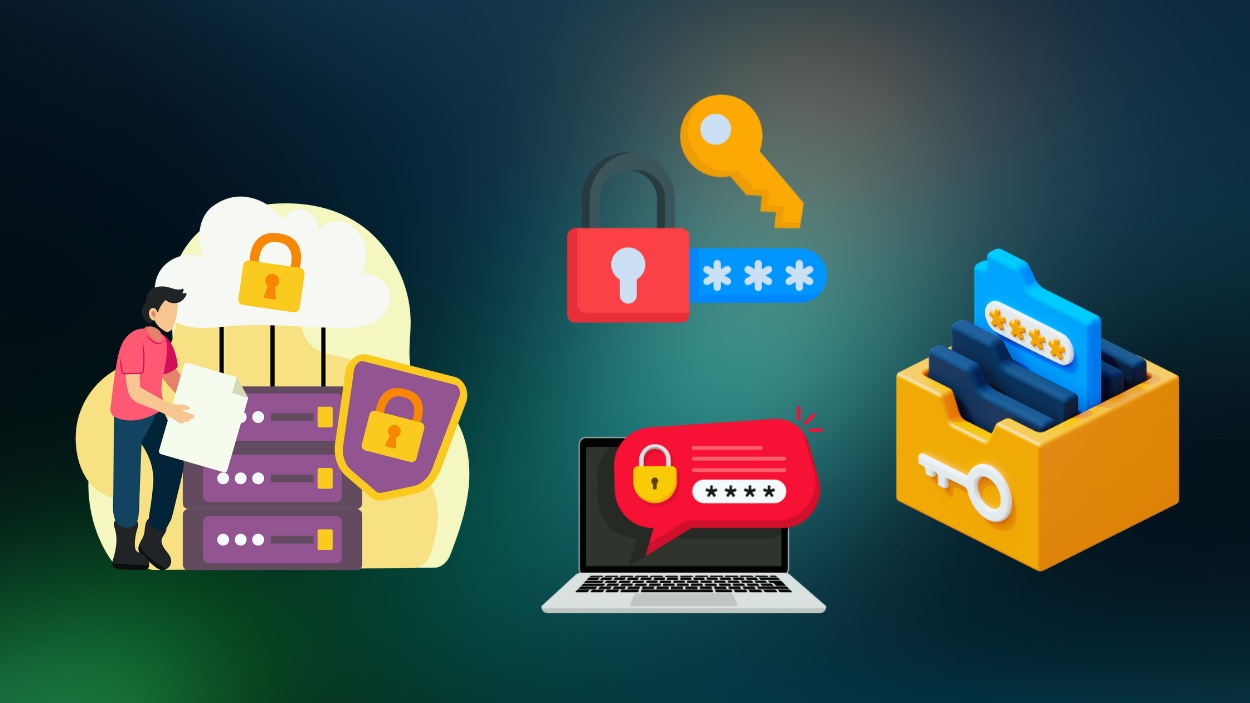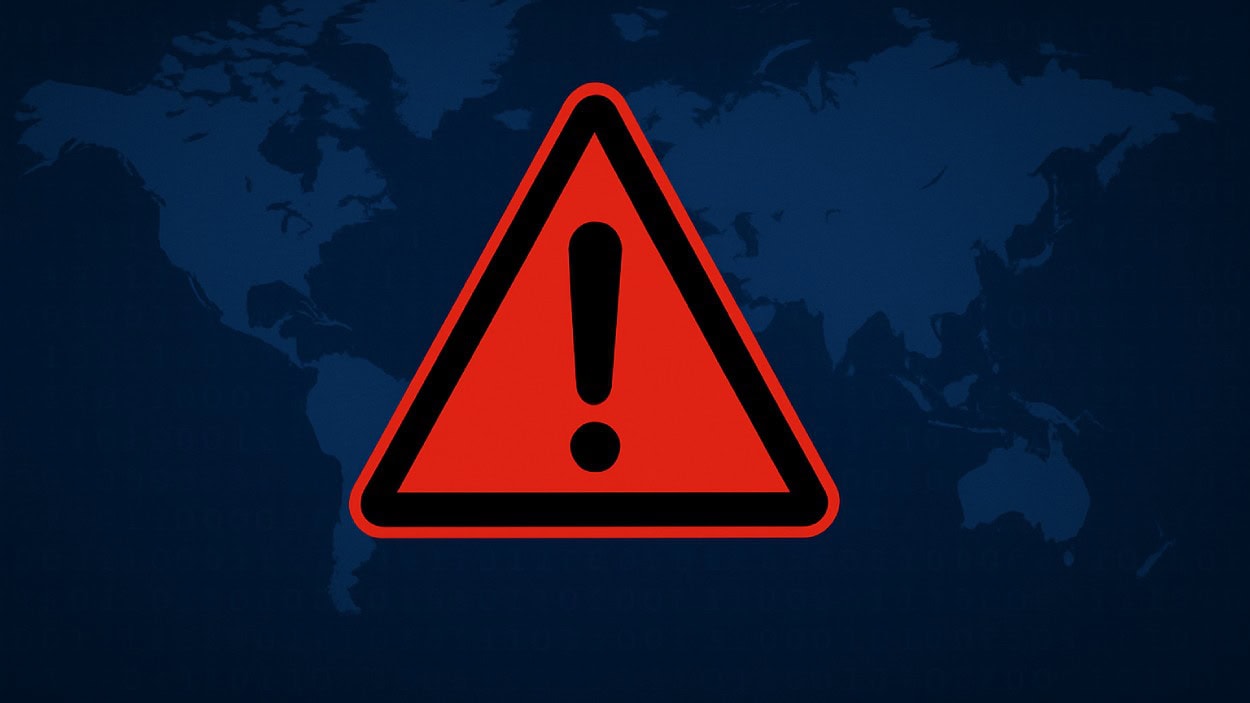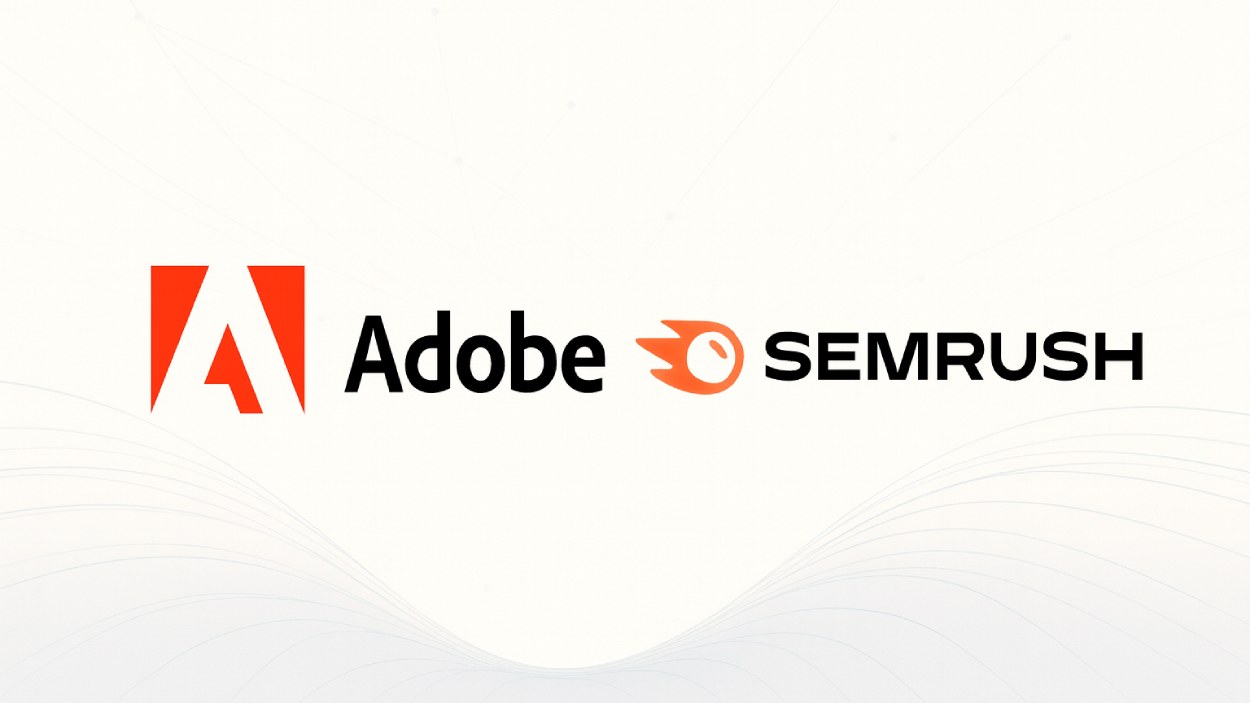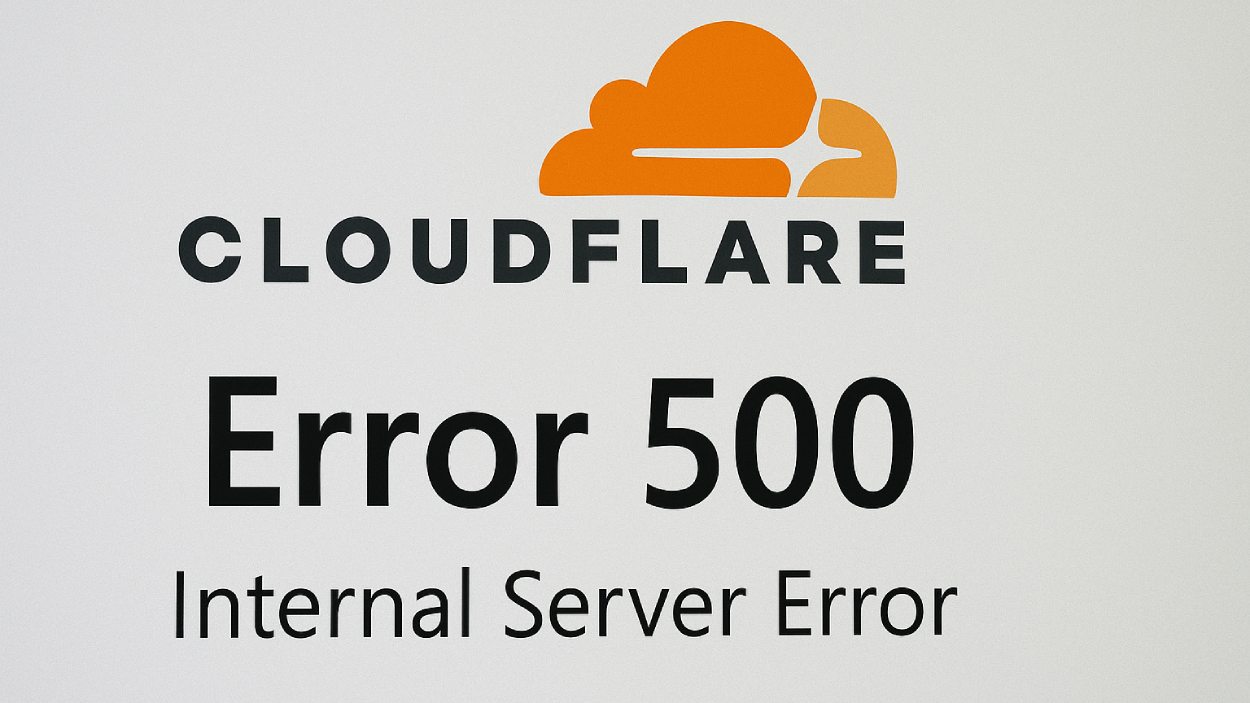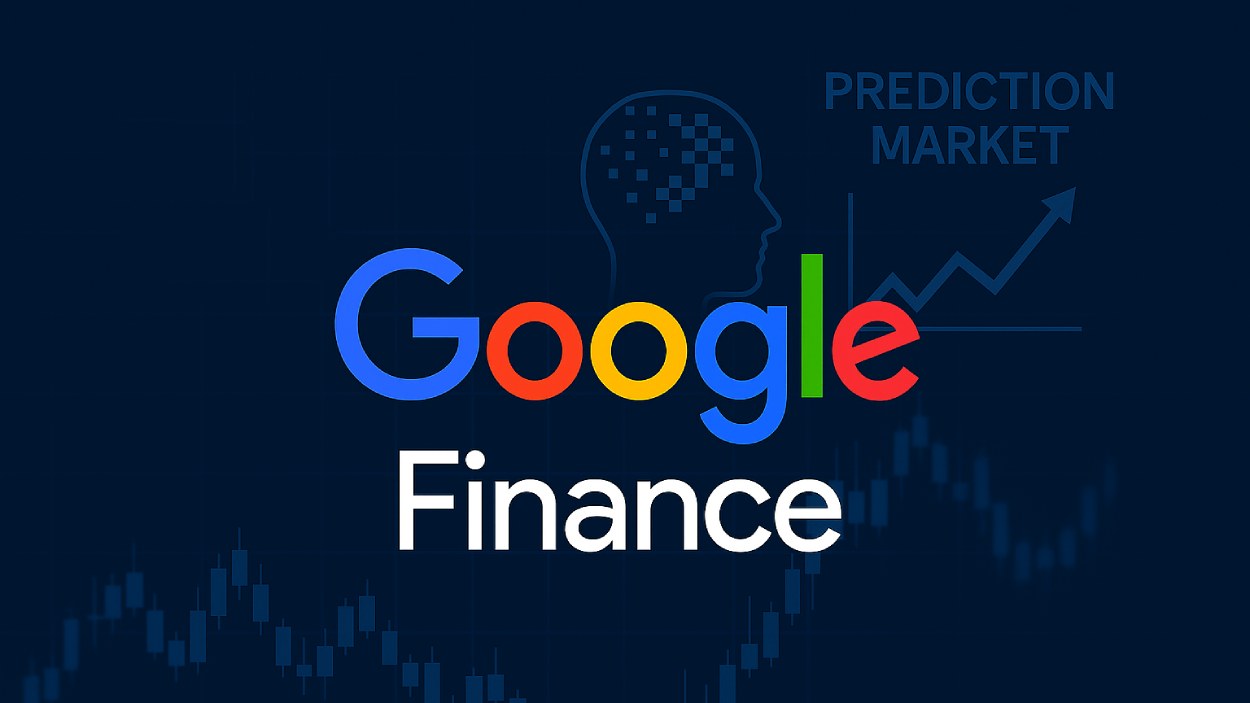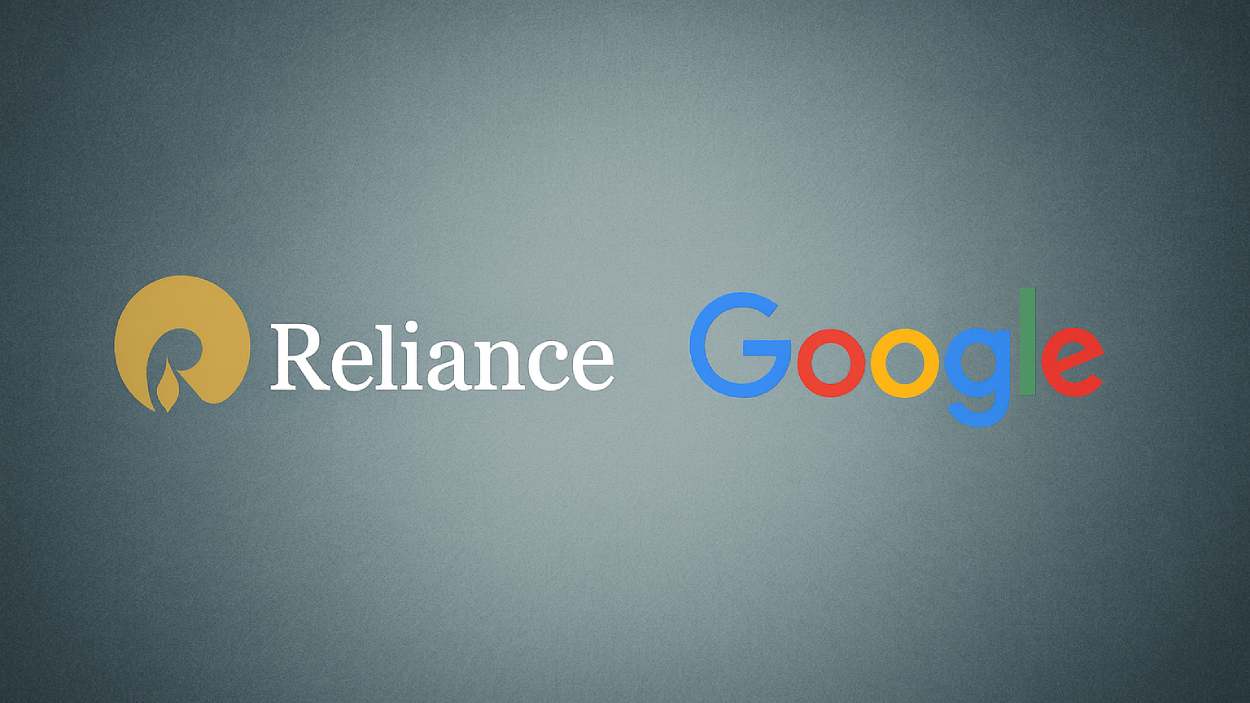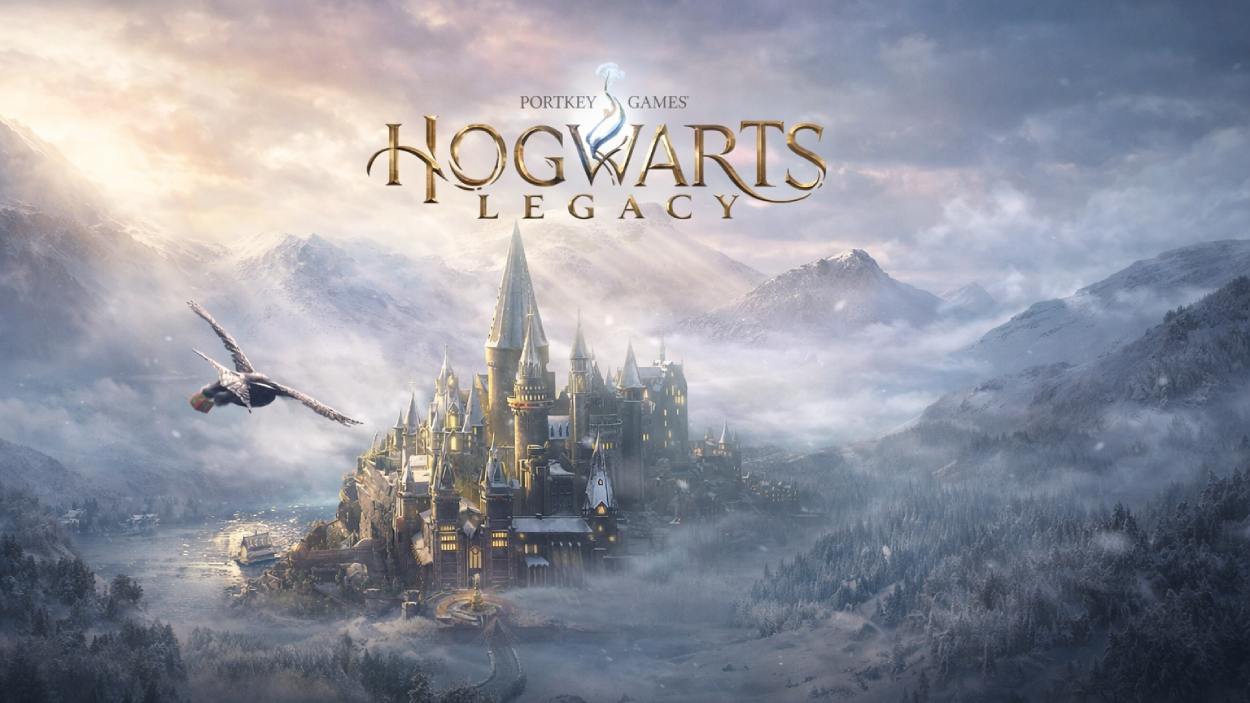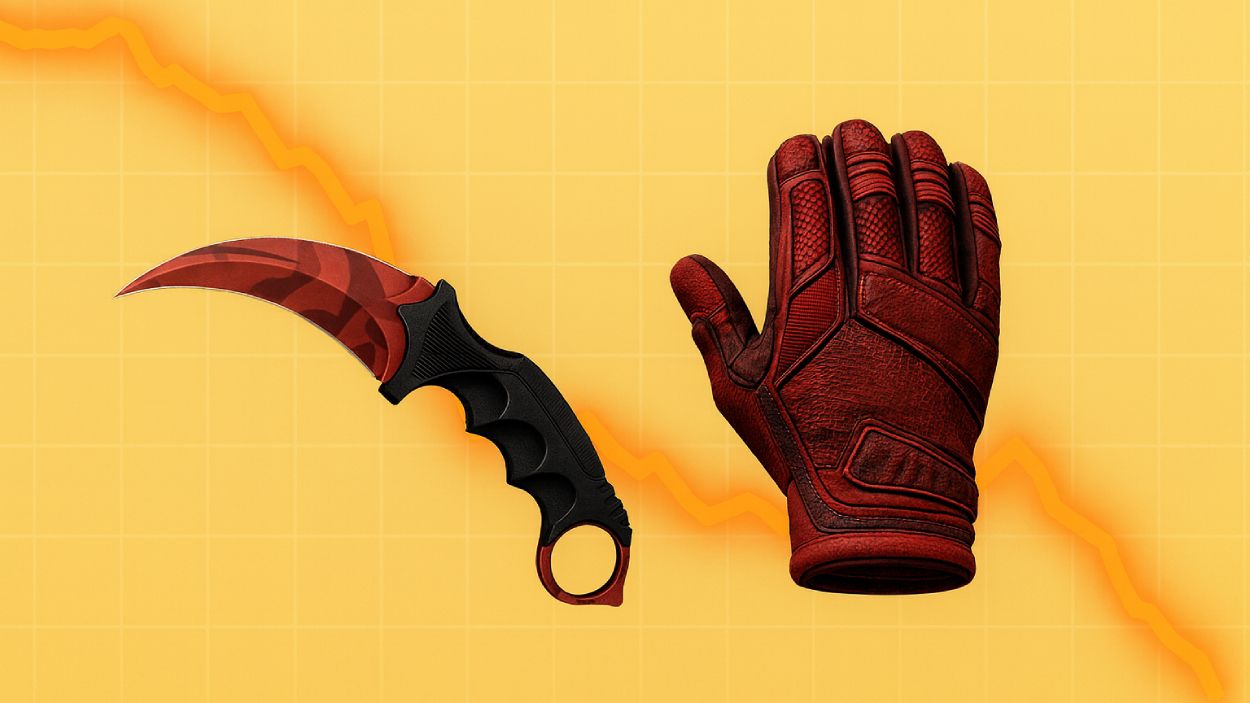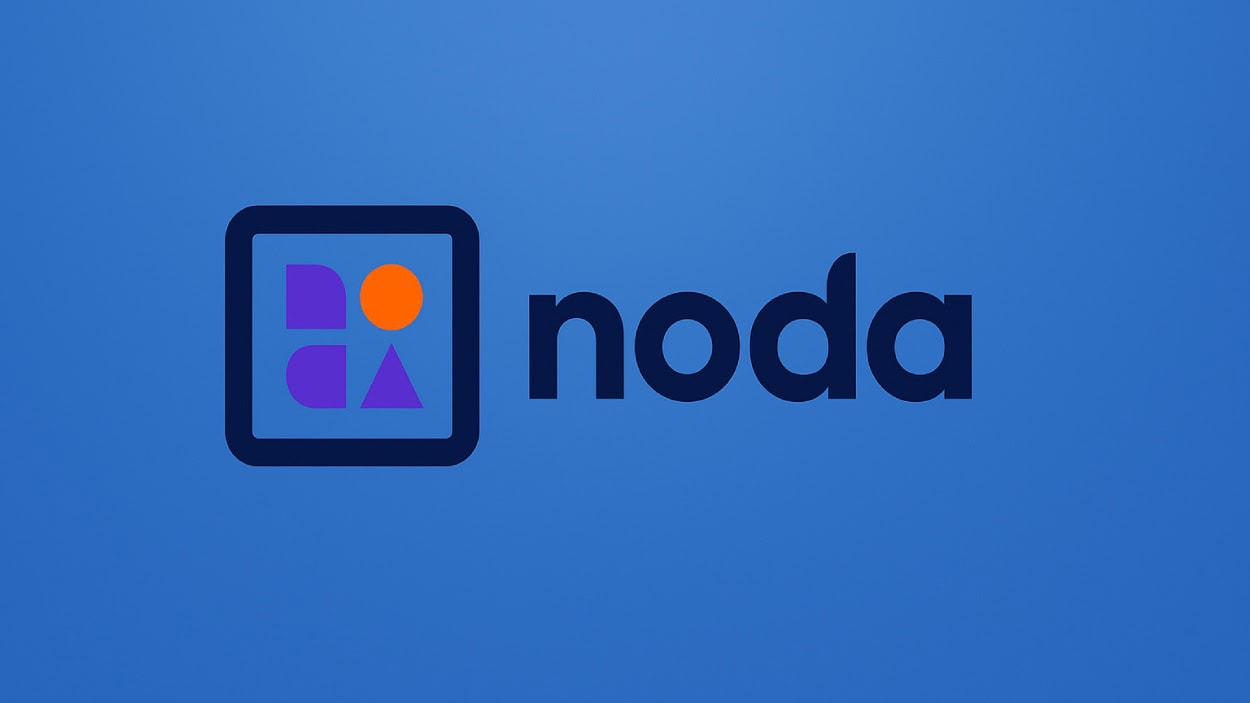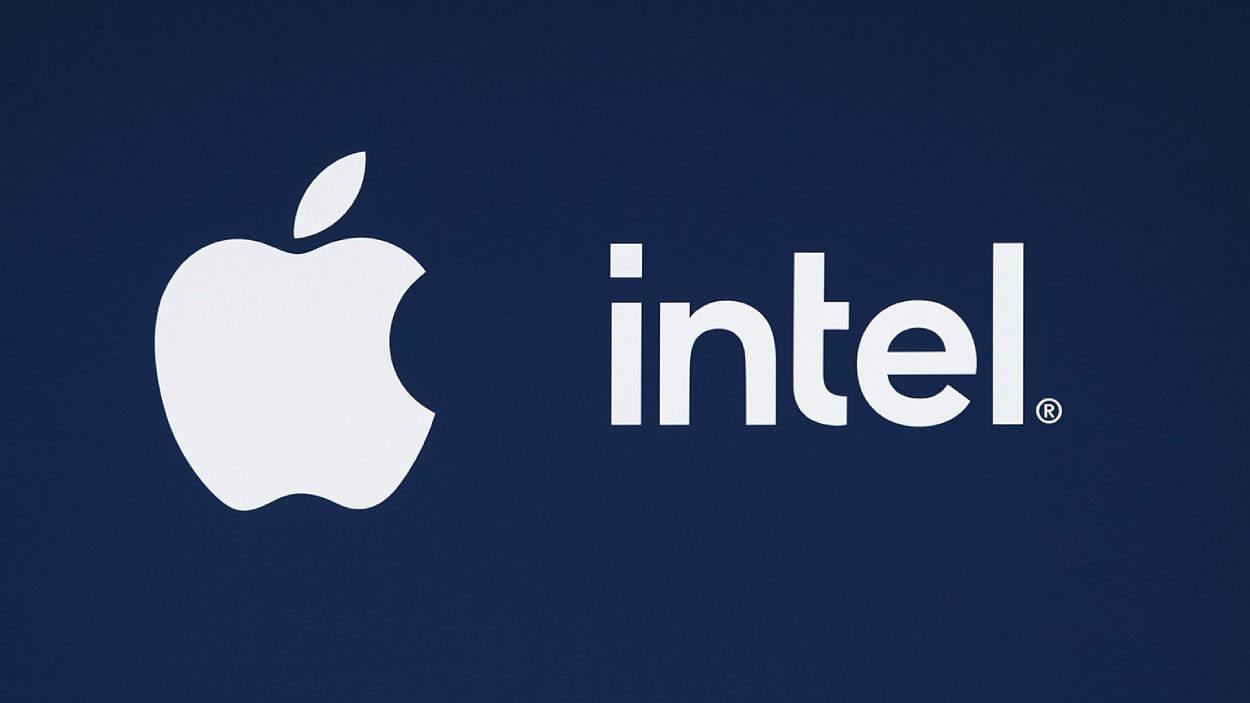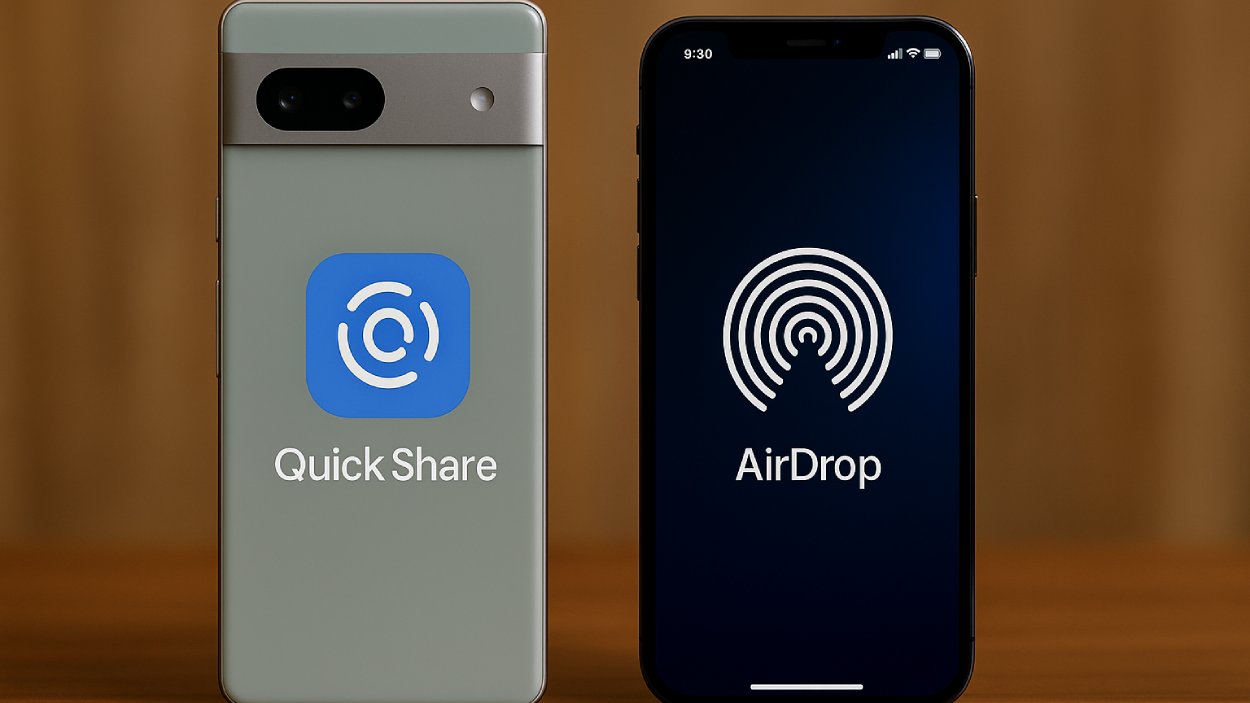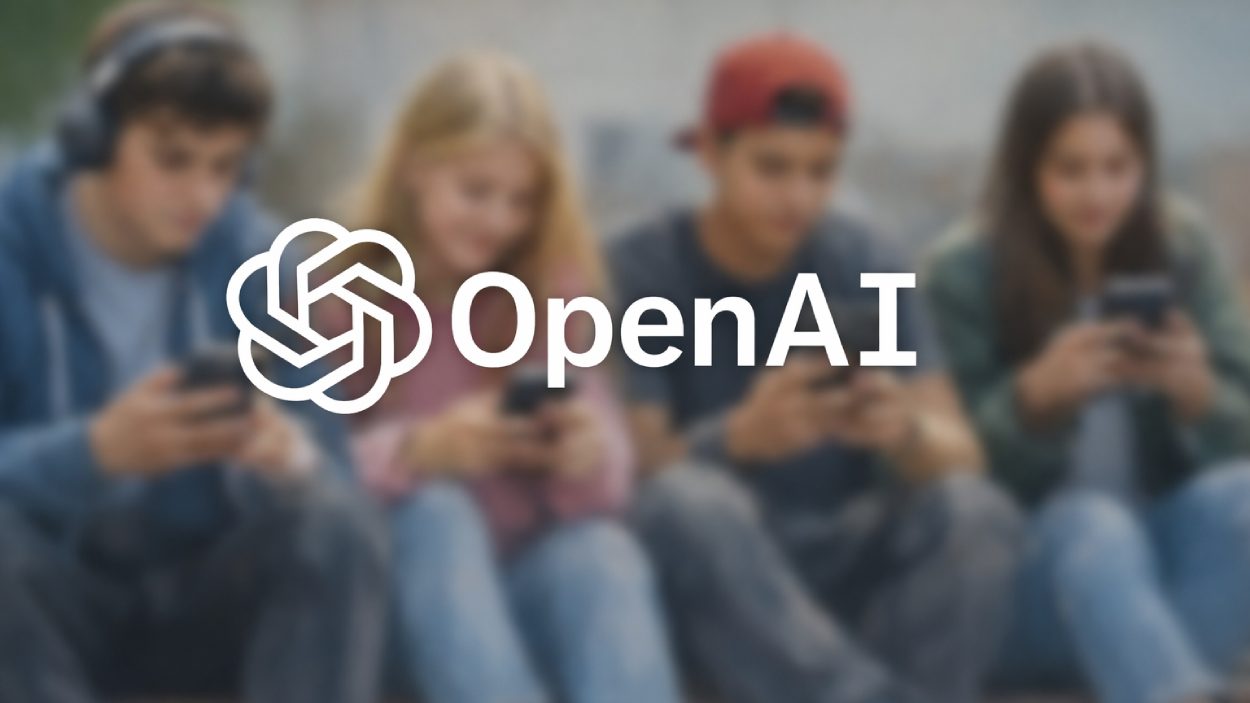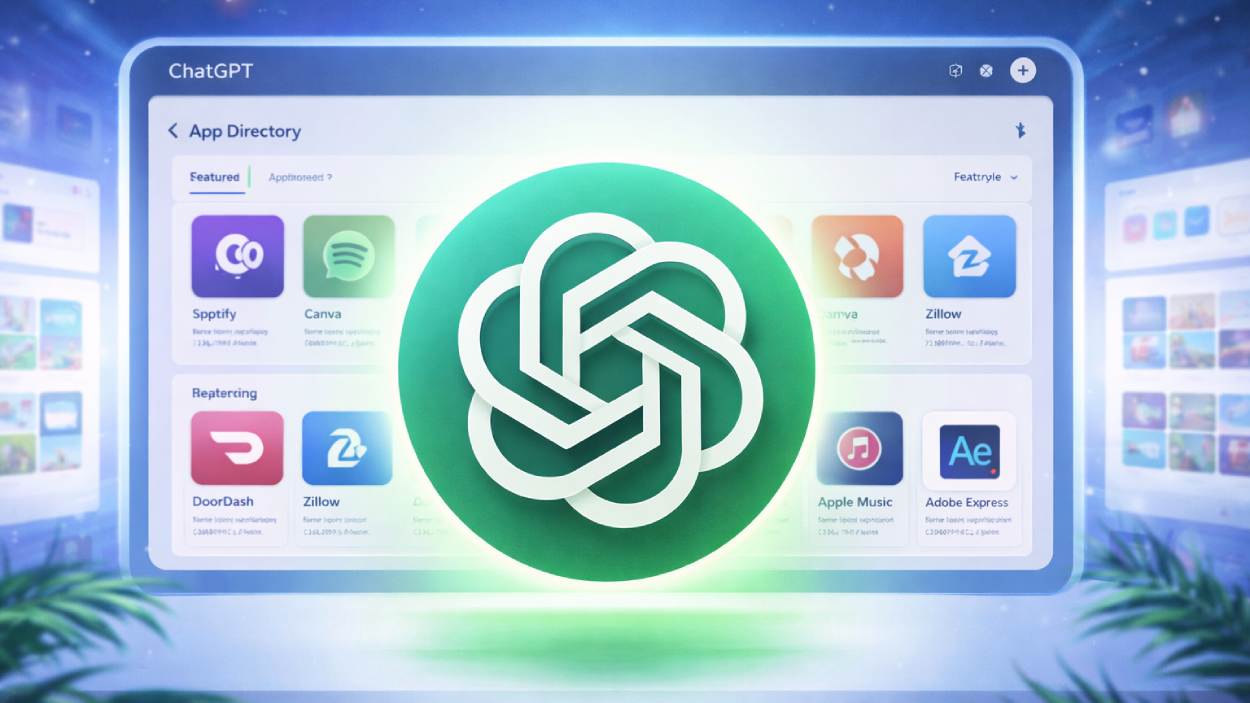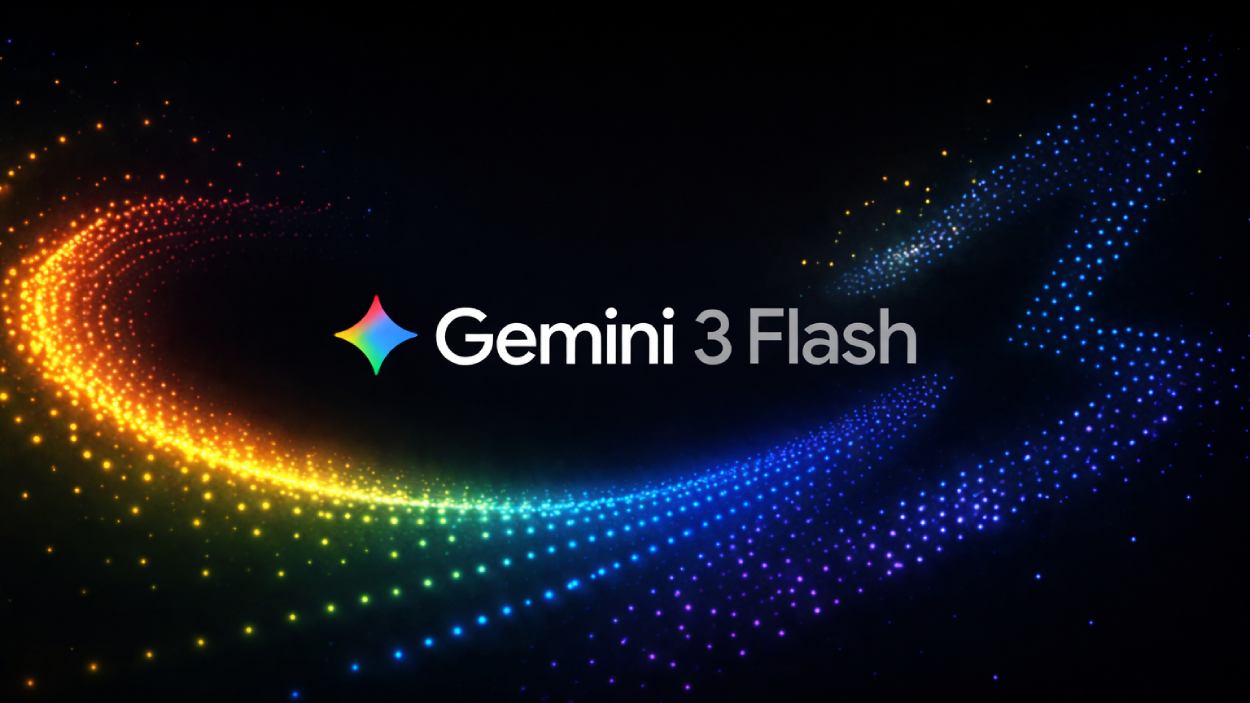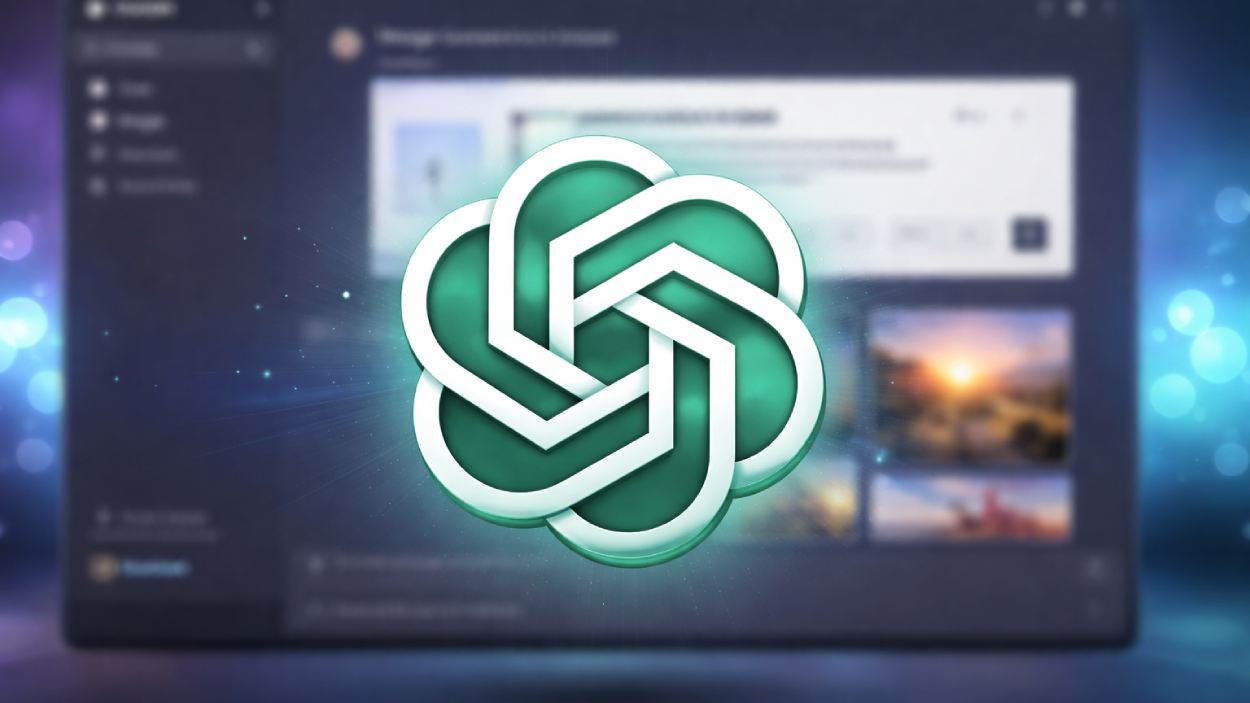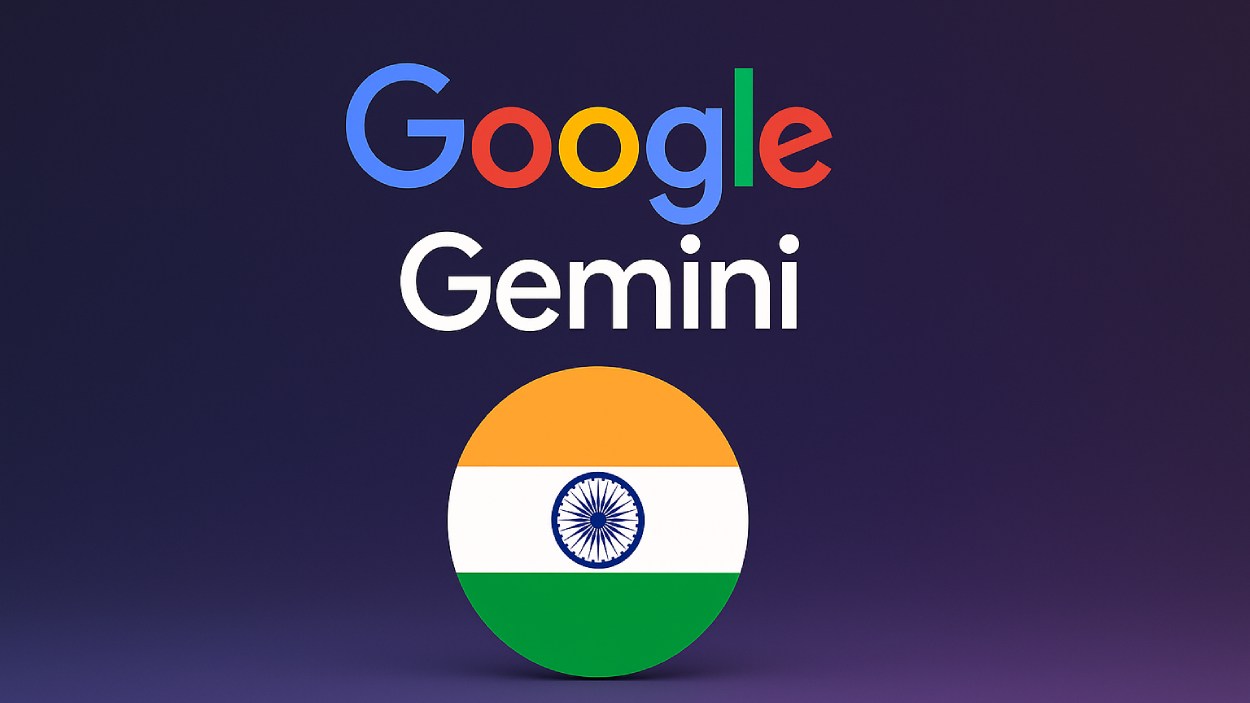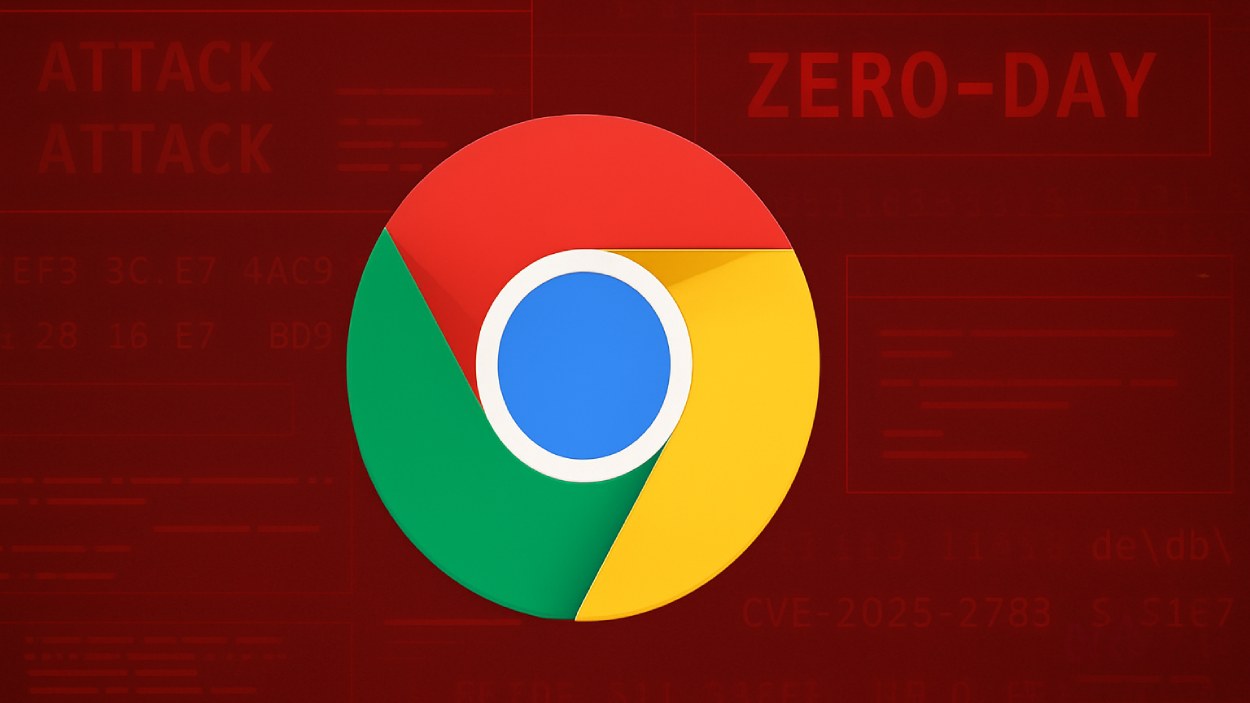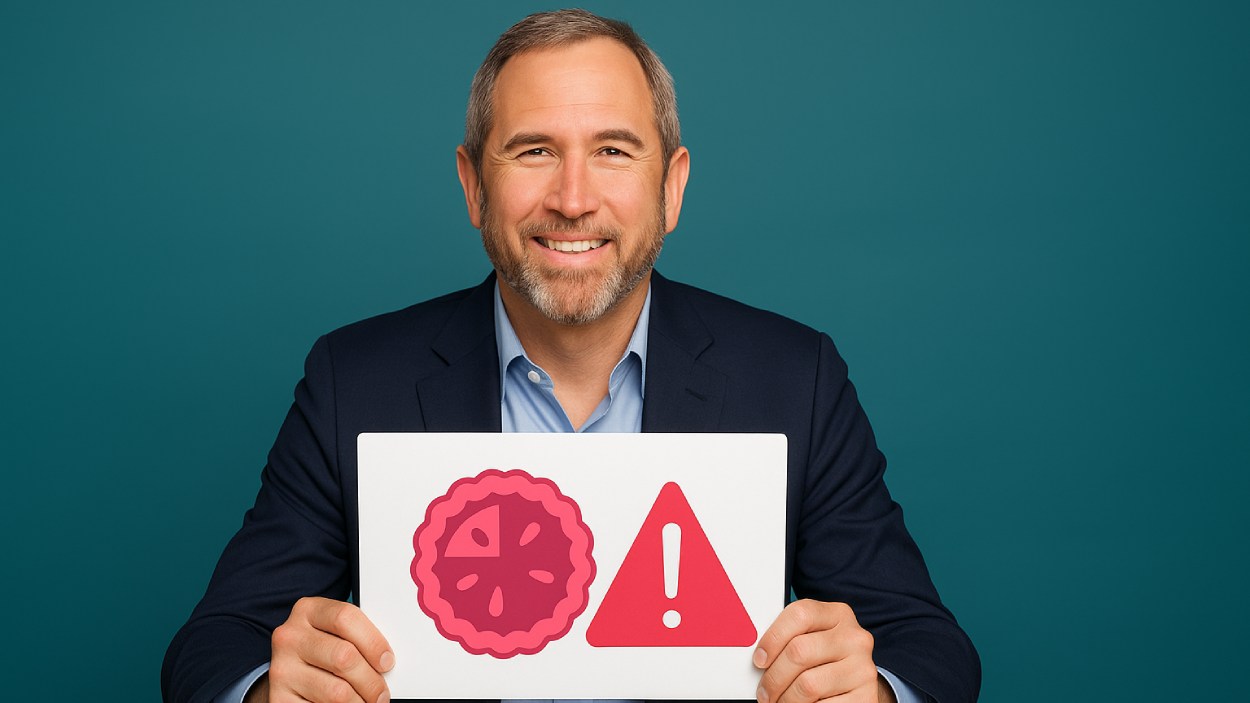Back in 2022, asking a chatbot to write an email or debug code sounded like a futuristic gimmick. Fast forward to 2025, and ChatGPT has become a staple in daily productivity, learning, and business operations for millions worldwide. From students fine-tuning essays to engineers prototyping code, the OpenAI-powered tool is now shaping how we work and think. This article breaks down the key usage statistics, trends, and adoption patterns that define ChatGPT in 2025.
Editor’s Choice
- 800 million weekly active users globally are using ChatGPT weekly.
- ChatGPT saw a 24% increase in enterprise usage compared to 2024.
- The average ChatGPT session length has risen to 18.5 minutes, showing higher engagement across all user groups.
- ChatGPT-4o, launched in 2024, now powers more than 65% of user queries due to its multimodal capabilities.
- Daily user queries have surpassed 1.8 billion, doubling the volume seen in early 2023.
- More than 40% of US businesses report integrating ChatGPT into customer service or internal operations.
- ChatGPT mobile app installs have crossed 150 million across iOS and Android, with a 30% YoY growth.
Age Demographics of ChatGPT Users
- The largest age group of ChatGPT users is 25–35 years, making up 33.05% of the total user base.
- Users aged 18–24 years account for 28.15%, showing strong adoption among younger adults.
- The 35–44 years group contributes 18.41%, indicating solid usage among mid-career professionals.
- 11.23% of users are between 45–54 years, suggesting moderate interest among older working-age adults.
- The 55–64 years segment holds a 5.66% share, showing limited but present engagement.
- Only 3.49% of users are 65 and above, the smallest age group among ChatGPT users.
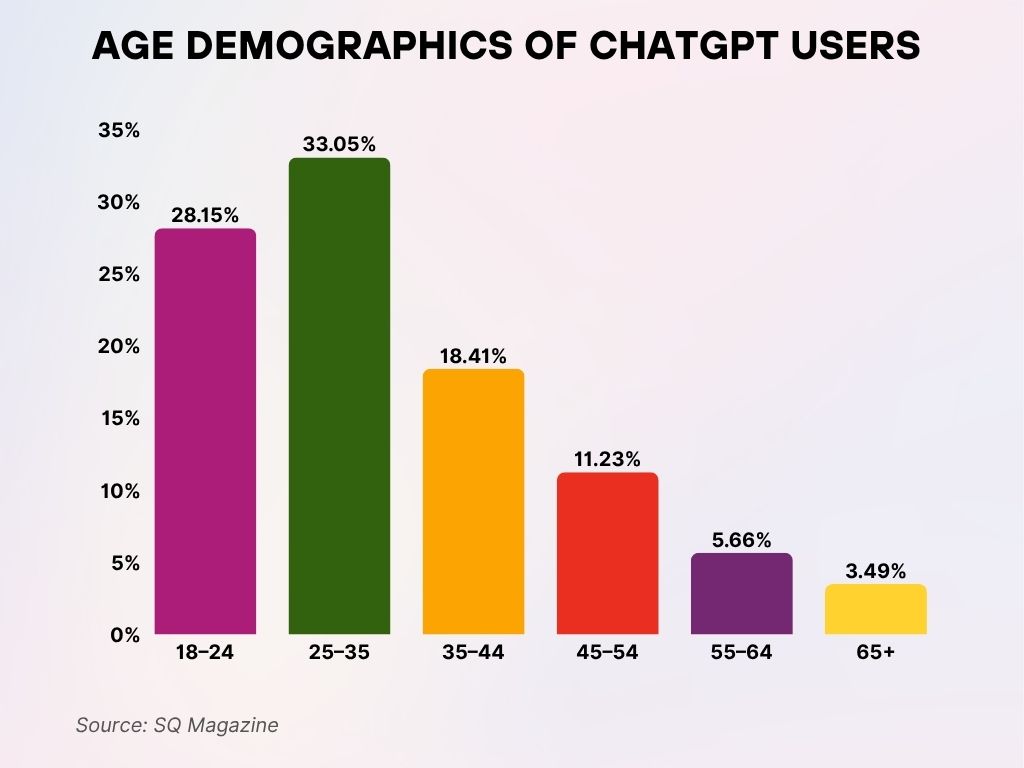
Total Number of ChatGPT Users
- OpenAI reports that more than 65% of total users are from North America and Europe, with growth accelerating in Latin America and Southeast Asia.
- In 2022, ChatGPT had around 57 million monthly active users, marking a 373% increase in just three years.
- 7.5 million users are estimated to be active daily in the US alone.
- The tool has now been adopted by users in over 190 countries, including territories with historically low AI engagement.
- 50% of Fortune 500 companies report having at least partial workforce access to ChatGPT tools.
- ChatGPT has crossed 2 billion total user sign-ups since its initial release.
Most Popular GPTs and Their Use Cases
- GPT-4o leads the pack in 2025, used by 65% of all ChatGPT users due to its speed, accuracy, and multimodal input handling.
- GPT-3.5 remains in use primarily by free-tier users, though its share dropped to under 20%.
- Custom GPTs built by users now make up 12% of daily usage, especially in domains like finance, real estate, and e-learning.
- Developer GPTs are widely used for code generation, API integration, and system design tasks, especially on GitHub-integrated platforms.
- LegalGPT, TutorGPT, and MarketingGPT rank among the top community-deployed variants on the OpenAI store.
- VoiceGPT saw rapid adoption with the rollout of enhanced speech recognition and voice synthesis in Q2 2025.
- DataGPT, a specialized version for data analytics, was used in over 3 million enterprise dashboards last quarter.
- GPT agents specialized in scheduling, CRM, and HR tasks are integrated across more than 10,000 SaaS platforms.
ChatGPT Honor Code Opinions: What Users Think
- 31.5% believe disclosure is necessary if ChatGPT is used for more than just ideas.
- 22.7% say users should disclose any use at all, regardless of how it’s applied.
- 21% think disclosure is required only if the content is submitted without edits.
- 13% of respondents believe no disclosure is needed under any circumstances.
- 12.7% are unsure about whether ChatGPT usage needs to be disclosed.
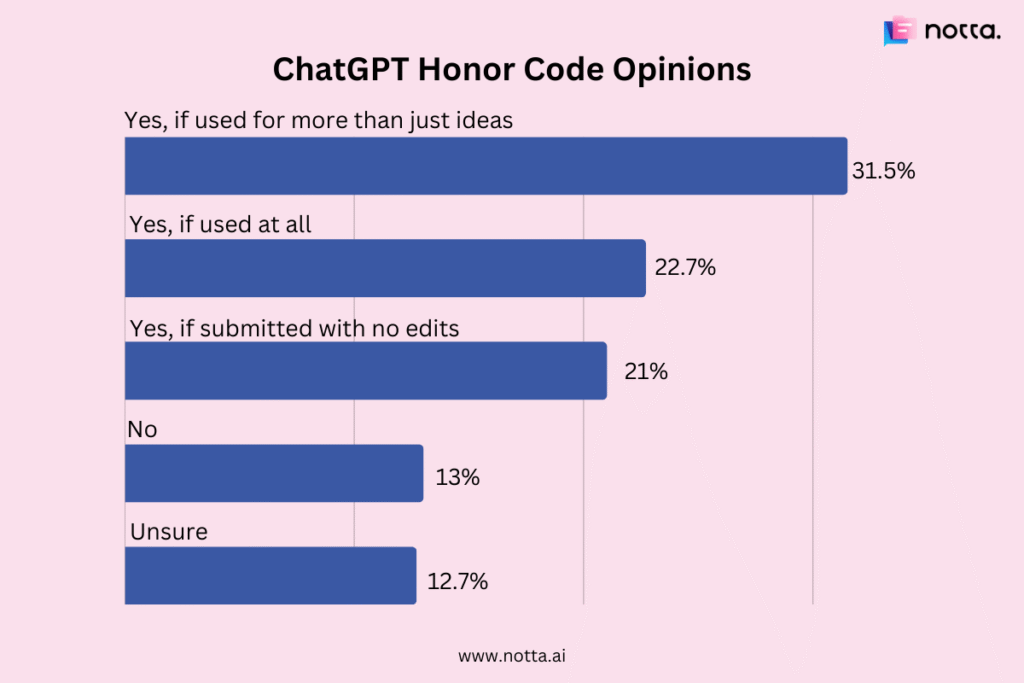
ChatGPT Usage Growth Over the Years
- Usage surged from 100 million active users in 2023 to 270 million in 2025, highlighting a steady upward curve.
- From 2024 to 2025, the platform experienced a 75% year-over-year growth in enterprise subscriptions.
- Monthly prompt volumes increased by 2.1x from 2024 to 2025.
- User retention rate hit 82% in 2025, showcasing improved stickiness of the platform.
- The average user now interacts with ChatGPT 4.5 times per day.
- Growth among users under age 25 has reached 41%, driven by academic and creative writing tasks.
Most Common Use Cases for ChatGPT
- In 2025, content creation remains the top use case, followed by coding assistance, customer support, and learning/exploration.
- 61% of users rely on ChatGPT for writing tasks such as emails, blog posts, and social media content.
- 42% of developers use ChatGPT as a live coding aid for tasks ranging from Python scripts to Java-based applications.
- Students account for nearly 30% of the platform’s queries, leveraging it for explanations, flashcards, and essay drafts.
- 21% of businesses use ChatGPT for automating customer replies in e-commerce and tech support.
- There’s a sharp rise in multilingual translation queries, with 15 languages now fully supported in conversational flow.
- Medical professionals and researchers increasingly use ChatGPT for drafting case notes and summarizing journal articles.
- Creative writing and script generation usage grew by 48% by 2025.
ChatGPT Usage Frequency by Country
- Denmark shows the highest monthly usage at 56.5%, while only 15.2% of users access ChatGPT daily.
- In the United States, 59.3% use ChatGPT monthly, with 22.2% using it daily and 18.5% weekly.
- United Kingdom users are fairly distributed, with 49% monthly, 34% weekly, and 17% daily usage.
- Argentina has the highest daily usage at 25%, with 44.4% monthly and 30.6% weekly users.
- France sees 47.1% monthly use, and only 17.6% of users engage with ChatGPT daily.
- Japan has the lowest daily usage at 7.1%, but a high 57.2% of users use ChatGPT monthly.
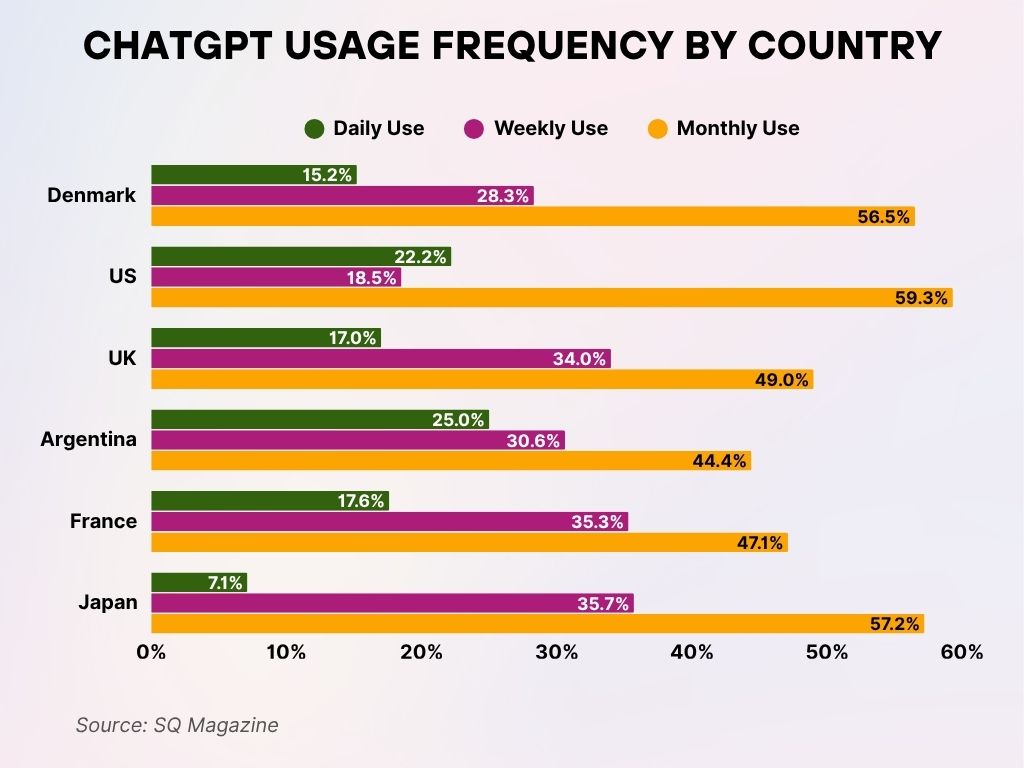
Popular ChatGPT Subscription Plans and Adoption Rates
- As of 2025, ChatGPT Plus remains the most popular paid plan, priced at $20/month, with over 18 million active subscribers globally.
- The enterprise-tier plan, launched in 2024, has gained traction with over 12,000 businesses enrolled.
- 47% of paying users cite access to GPT-4o as the primary reason for subscribing.
- Free-tier users still make up the majority at 81%, though engagement levels among them are lower than paid users.
- The average revenue per user (ARPU) for ChatGPT subscribers in 2025 is approximately $8.90, a 19% increase from the prior year.
- Student discount plans contributed to a 28% increase in adoption among academic users, particularly in the US and UK.
- Annual subscription options introduced in early 2025 are already opted into by 21% of new paid users.
- Nonprofit and educational licenses are used by over 2,200 institutions, helping expand usage in lower-income regions.
Industry Adoption of ChatGPT Across Sectors
- 43% of tech companies report using ChatGPT for at least one core workflow in 2025.
- The education sector leads adoption with 56% of universities and 42% of K-12 schools utilizing GPT-based tools.
- In healthcare, 27% of clinics and hospitals have integrated ChatGPT into patient onboarding or administrative documentation.
- The legal industry shows growing interest, with 15% of firms using ChatGPT for research summaries and document drafting.
- In marketing, 64% of agencies rely on ChatGPT for copywriting, campaign ideation, or content briefs.
- The retail and e-commerce industry has embedded GPT into chatbots, product recommendations, and inventory management in 31% of surveyed companies.
- Manufacturing is catching up, with 18% of factories using GPT tools for process documentation and internal knowledge bases.
- ChatGPT adoption in the public sector reached 12%, primarily in customer service and internal training modules.
How Employers Think ChatGPT Will Affect Jobs
- In the tech industry, 26.15% say ChatGPT will reduce headcount, while 70% believe it will help employees work faster. Only 4% say it will do neither.
- In finance, 73% expect productivity gains, 22% foresee job cuts, and 5% believe it will have no effect.
- In education, 77% say it will enhance efficiency, 17% expect headcount reduction, and 6% believe it will have no impact.
- Heavy industry and logistics both report 58% for working faster, 40% for reduced headcount, and 2% for neither.
- The healthcare sector is the most optimistic, with 89% saying ChatGPT will boost workflows, 9% expecting job losses, and 2% seeing no change.

ChatGPT Performance Metrics and Accuracy Stats
- The average prompt-to-response latency dropped to 1.4 seconds in 2025.
- GPT-4o now answers with 89.7% factual accuracy in open-domain queries, outperforming GPT-4 by over 6 percentage points.
- In programming use cases, code accuracy has improved to 91% for Python, JavaScript, and SQL snippets.
- User satisfaction rating for GPT-4o reached 4.7 out of 5, the highest for any GPT model to date.
- GPT’s hallucination rate in academic writing tasks is now under 4%.
- Voice and image input processing now works with over 92% real-time success rate, enabling multimodal input accuracy.
- Adaptive learning models deployed in Q1 2025 allow ChatGPT to improve response personalization after as few as three user sessions.
- Error rate for customer service dialogues dropped by 38%, making it more reliable for automated support roles.
ChatGPT Mobile App Downloads and Engagement Rates
- The ChatGPT mobile app has surpassed 150 million total downloads, a 30% YoY growth.
- The average user session on mobile is now 13 minutes, with higher interaction rates on weekends.
- App store ratings hold strong at 4.8 (iOS) and 4.6 (Android), reflecting continued user satisfaction.
- A new feature allowing offline access to previous prompts boosted app retention by 22%.
- Push notification prompts with daily creative tips or coding challenges increased re-engagement rates by 17%.
- The US and India lead in mobile usage, contributing to over 48% of global mobile sessions.
- ChatGPT Kids, a sandboxed version for educational use, saw 2.3 million installs in its first four months.
Downsides of Using ChatGPT According to Users
- 22.67% of respondents say “Loss of human touch” is the biggest downside of using ChatGPT.
- 19.19% worry that it could replace jobs, making this the second-most cited concern.
- 18.02% believe authenticity is lost when relying on AI-generated content.
- 11.63% think it’s hard for teams to adapt to ChatGPT-based workflows.
- 11.05% argue that ChatGPT should be more regulated to ensure ethical use.
- 10.47% feel the tool is too basic and lacks depth for advanced use cases.
- 3.49% fear it could make their business irrelevant in the long run.
- 2.91% consider ChatGPT unreliable, pointing to inconsistencies in output.
- Only 0.58% cited other reasons, showing a strong consensus on the main concerns.
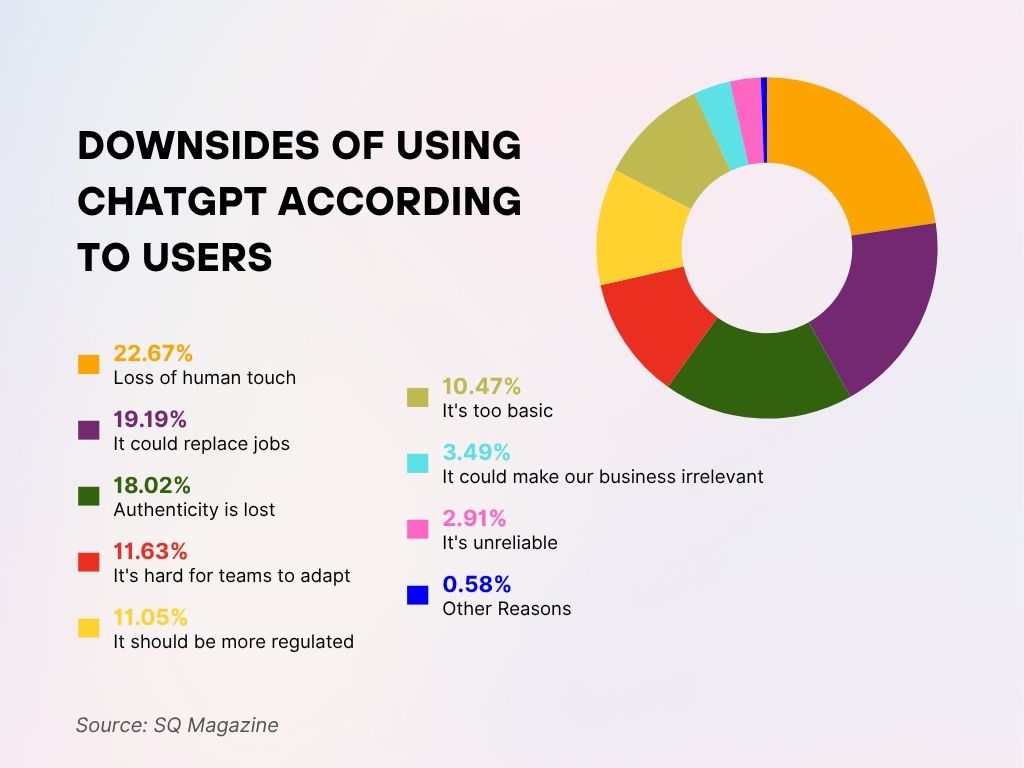
Comparison of Free vs. Paid Usage
- Paid users engage with ChatGPT 4.2 times more than free users on average per week.
- GPT-4o responses are 35% faster on paid plans, contributing to greater task completion rates.
- Among free users, 66% report basic usage (writing, summarizing), whereas paid users use it for advanced tasks like coding and analysis.
- 62% of revenue from ChatGPT subscriptions now comes from users aged 25-44.
- Paid users are 72% more likely to use ChatGPT in a professional setting.
- Mobile engagement is nearly equal between free and paid users, but desktop usage skews toward paid tiers.
- Churn rate for free users is 19% monthly, while it’s under 4% for paid users, indicating stronger loyalty.
- More than 30% of paid users also subscribe to other OpenAI tools, indicating a growing cross-platform ecosystem.
ChatGPT’s Role in Education, Business, and Healthcare
- 72% of students in higher education report using ChatGPT regularly for assignments, research, or brainstorming.
- In the business world, 49% of small to mid-sized enterprises (SMEs) now incorporate ChatGPT for internal document drafting and team support.
- Healthcare professionals use ChatGPT for clinical documentation, with 28% adoption across private practices in the US.
- 22% of teachers integrate ChatGPT into classroom activities or use it to automate grading and feedback.
- ChatGPT-based tutoring apps have grown significantly, helping over 5.6 million students prepare for standardized tests.
- A survey found that 41% of business users utilize ChatGPT for decision support and strategic forecasting.
- In patient-facing settings, ChatGPT interfaces assist with initial health queries and follow-up reminders in 12% of digital health platforms.
- ChatGPT is used in over 2,000 corporate training programs, helping streamline onboarding and policy education.
Social Media Sources Driving Traffic to ChatGPT
- YouTube is the leading traffic driver, accounting for a massive 62.95% of social media visits to ChatGPT.
- WhatsApp Web contributes 9.58%, making it the second-highest traffic source.
- Facebook follows closely behind with 8.88% of traffic share.
- LinkedIn delivers 3.47%, showing modest engagement from professional users.
- Instagram contributes 2.68%, indicating limited but notable interest from visual content audiences.
- Other platforms collectively generate 12.44% of traffic, covering smaller social channels.
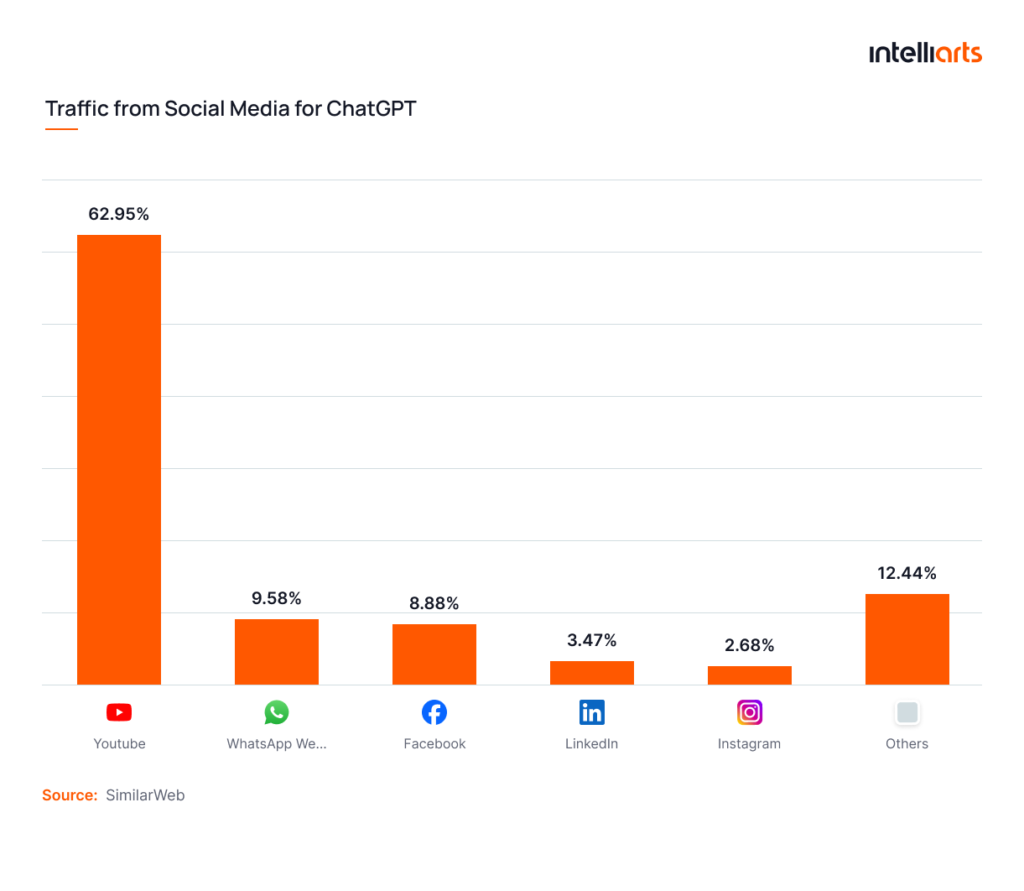
Impact of GPT-4 and GPT-4o on Usage Trends
- The release of GPT-4o in mid-2024 marked a pivotal shift, driving a 40% increase in user retention year-over-year.
- GPT-4o’s multimodal capability, which processes text, voice, and image inputs, contributed to a 65% jump in creative applications.
- GPT-4o adoption led to a drop in GPT-3.5 usage by over 70%, effectively phasing out older versions for power users.
- Content creators now account for 25% of GPT-4o usage, up from 15% pre-release.
- The response accuracy improvement (89.7%) made GPT-4o particularly effective in technical and educational queries.
- In international markets, GPT-4o’s localization engine has supported 35 languages, increasing global adoption.
- Enterprise clients upgraded to GPT-4o reported a 23% productivity gain across departments.
- The daily query limit for GPT-4o was doubled for premium users due to overwhelming demand in Q1 2025.
Notable Milestones and Usage Records
- In February 2025, ChatGPT processed a record 2.3 billion prompts in a single day.
- ChatGPT has surpassed 300 billion total prompts served since launch.
- It became the most downloaded productivity app in 67 countries as of March 2025.
- Over 100 AI startups have integrated ChatGPT via API into niche applications.
- In a pilot with the US Department of Education, ChatGPT was used as a virtual teaching assistant across 700 schools.
- ChatGPT reached 1 million simultaneous users online during its May 2025 live event showcasing GPT-5 research.
- The platform was honored with a Webby Award for Best AI Product Experience in 2025.
ChatGPT’s Share in the Global AI Chatbot Market
- In 2025, ChatGPT holds a 32% market share in the AI chatbot sector globally, maintaining leadership despite rising competition.
- OpenAI’s chatbot services outpace competitors like Claude, Gemini, and Perplexity, particularly in enterprise adoption.
- In North America, ChatGPT commands a 39% market share, while in Europe it accounts for 29%.
- APAC markets are catching up, with a steady 24% market share, driven by educational and mobile usage.
- The chatbot market is estimated at $8.7 billion in 2025, with OpenAI capturing nearly $2.8 billion in revenue.
- ChatGPT APIs are now integrated in over 18,000 commercial apps worldwide.
- Brand trust index ratings for ChatGPT ranked at 4.6 out of 5, ahead of all competitors.
- B2B and SaaS industries account for 44% of ChatGPT’s API consumption.
Recent Developments in ChatGPT Capabilities and Features
- Live search capability was reintroduced in 2025, allowing real-time access to current events and dynamic data.
- Personalized memory features let users retain preferences and writing styles across sessions, now active for 70% of users.
- ChatGPT can now edit documents directly, offering inline feedback in Google Docs and MS Word plugins.
- A voice assistant mode with natural conversational flow was rolled out on both mobile and desktop.
- The introduction of GPT agents, task-specific bots, empowered users to automate workflows like booking travel or managing email inboxes.
- Custom GPTs, built by users and developers, now exceed 400,000 templates, fostering community-driven innovation.
- Accessibility upgrades in 2025 include screen reader compatibility, improved dyslexia modes, and multilingual voice output.
- The new Team Workspaces feature allows real-time collaboration on prompts and shared knowledge documents.
Conclusion
From humble beginnings as a conversational experiment, ChatGPT in 2025 stands as a versatile productivity engine used by millions daily. Its footprint stretches across industries, classrooms, smartphones, and desktops, empowering users with context-aware intelligence and personalized support. With the momentum of GPT-4o and upcoming innovations on the horizon, ChatGPT continues to reshape how we learn, work, and communicate in the age of AI.

